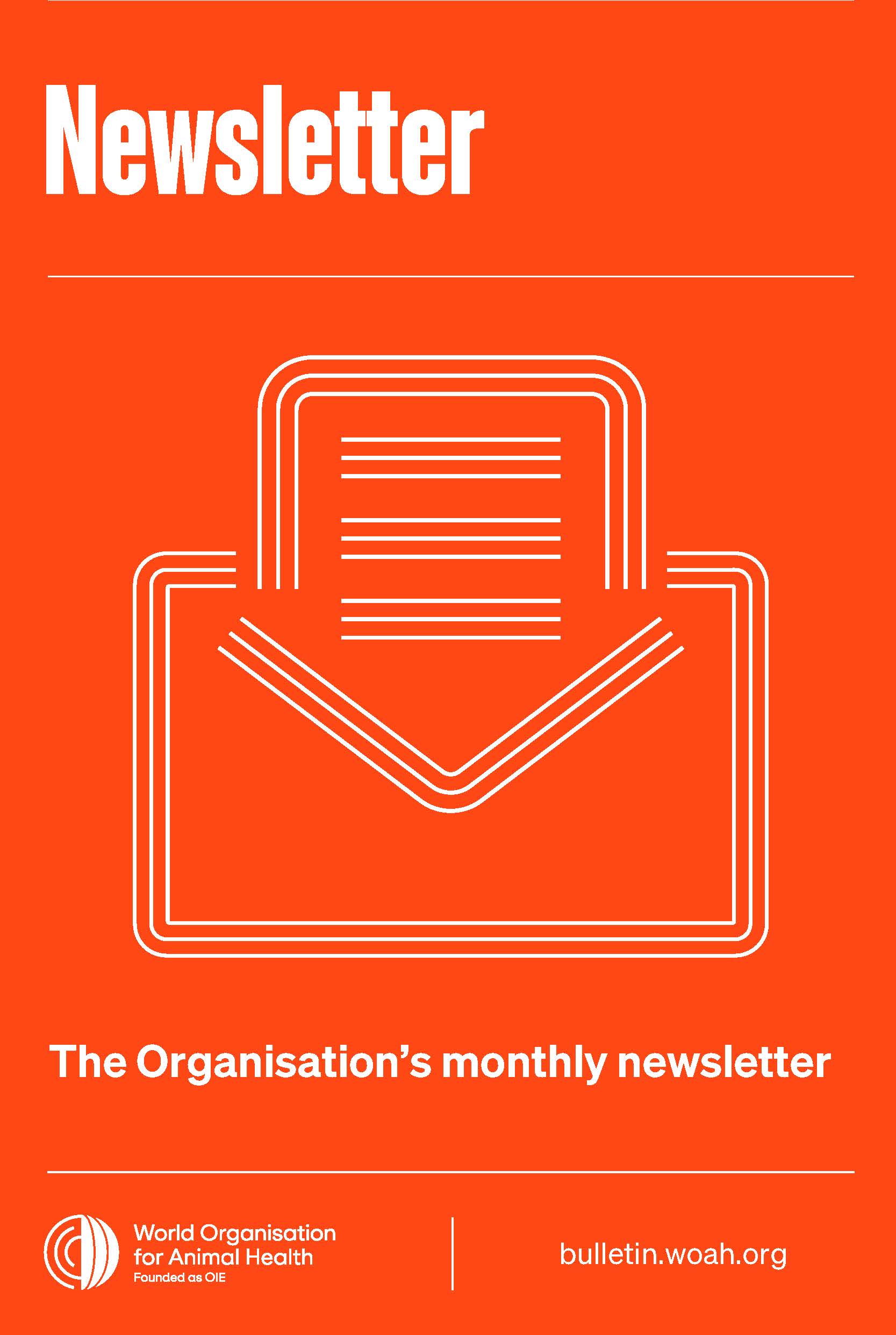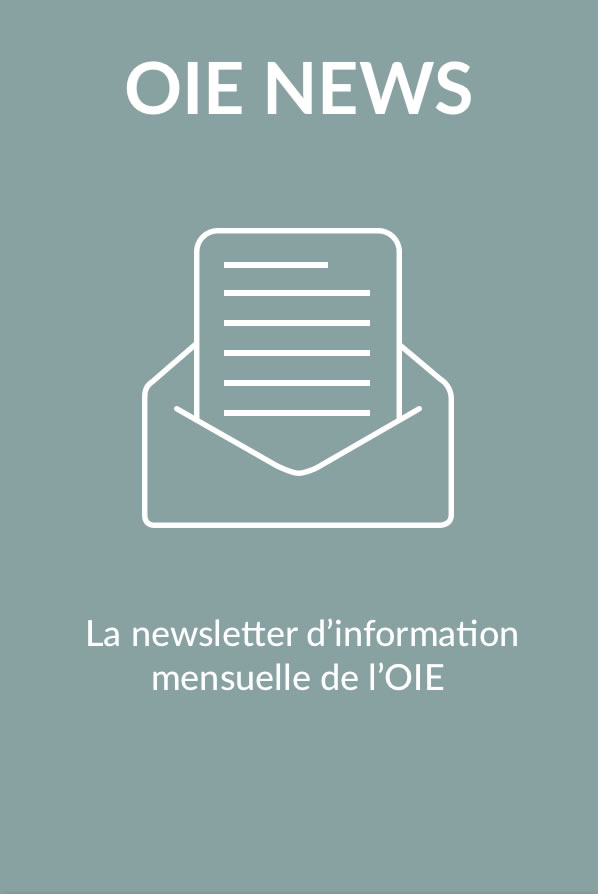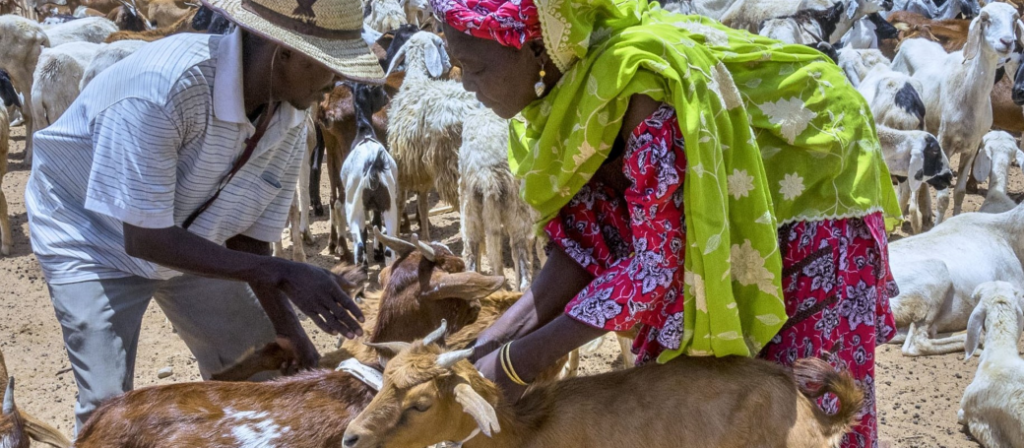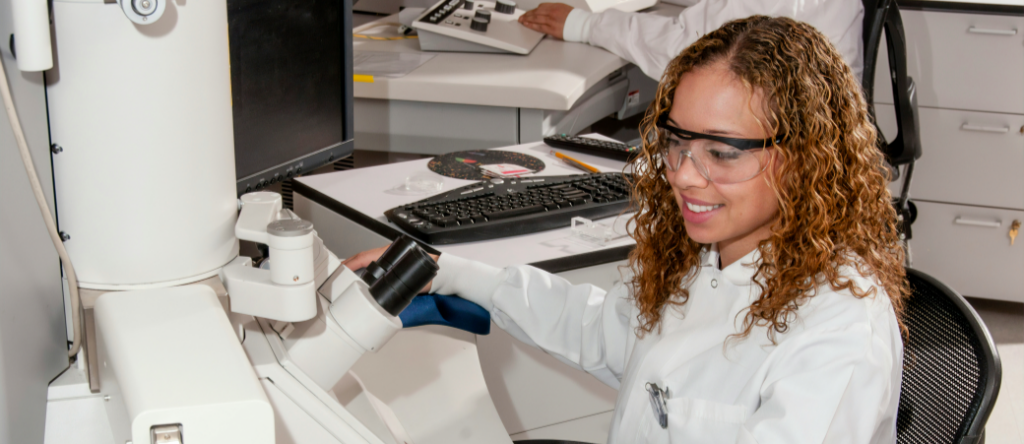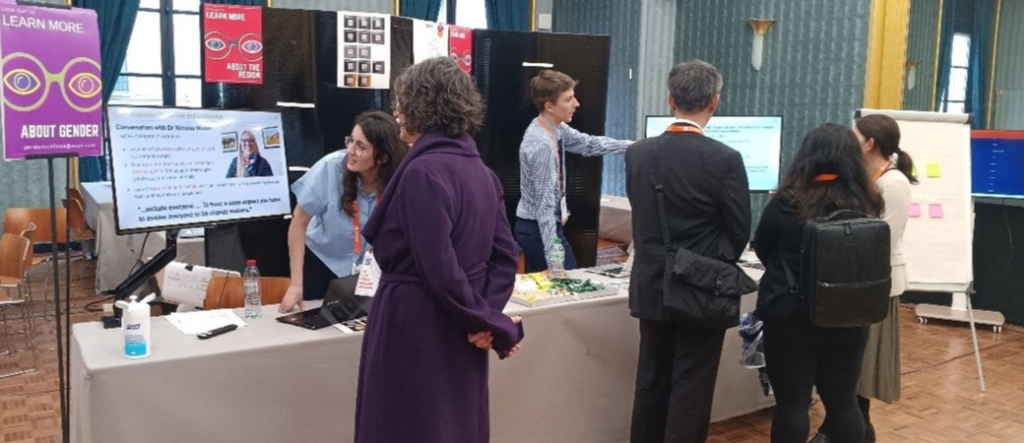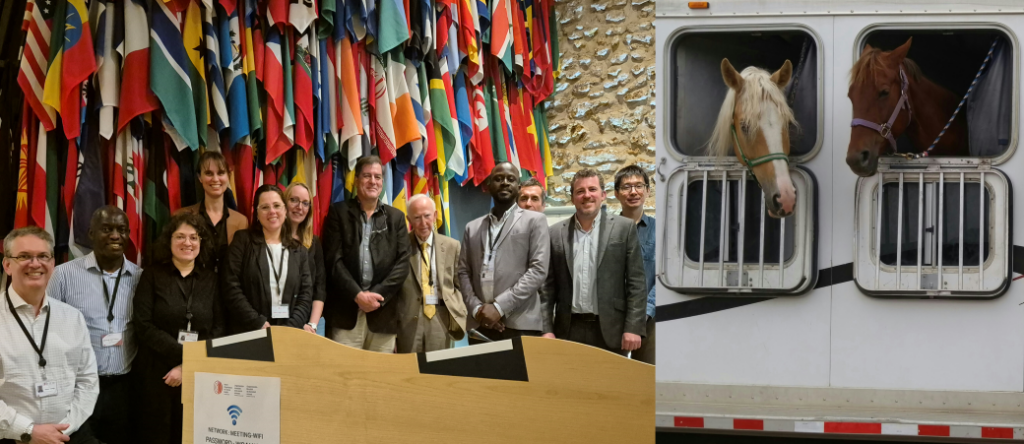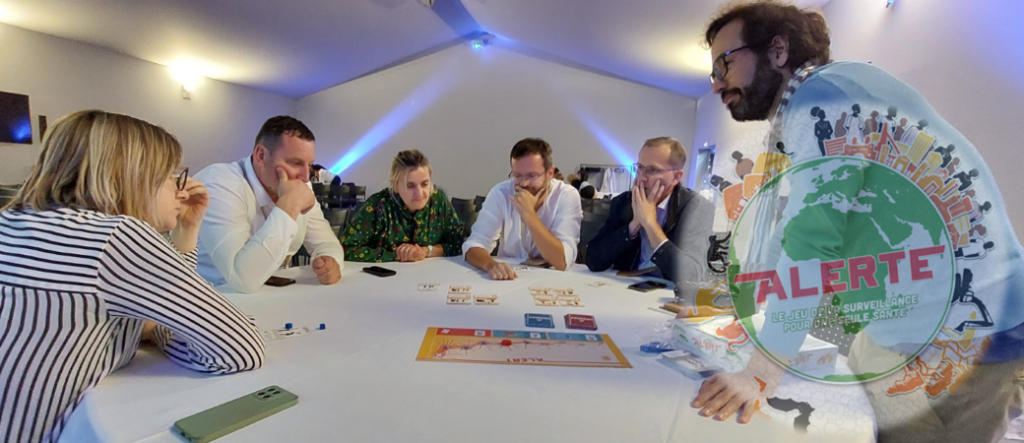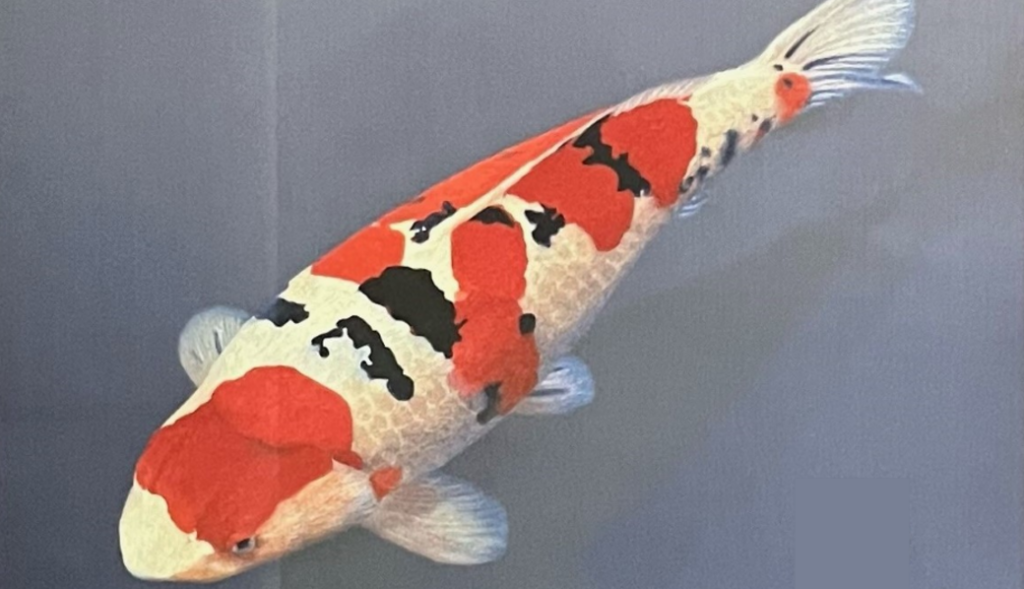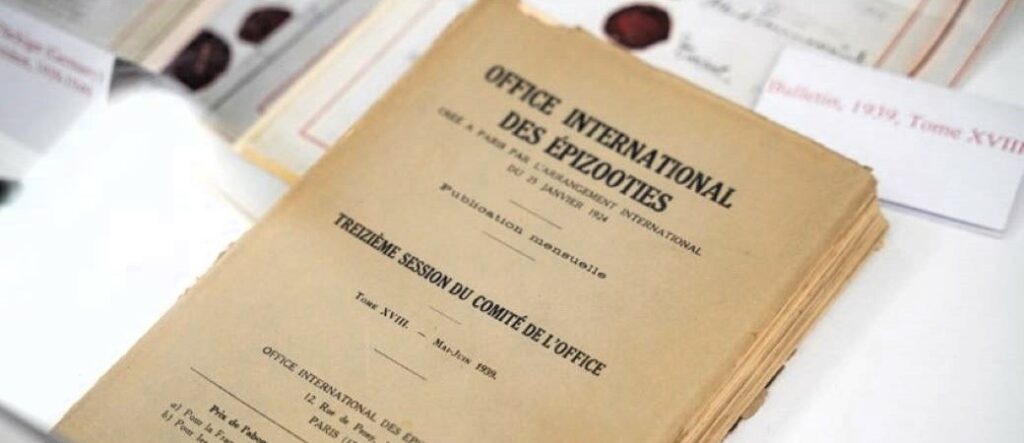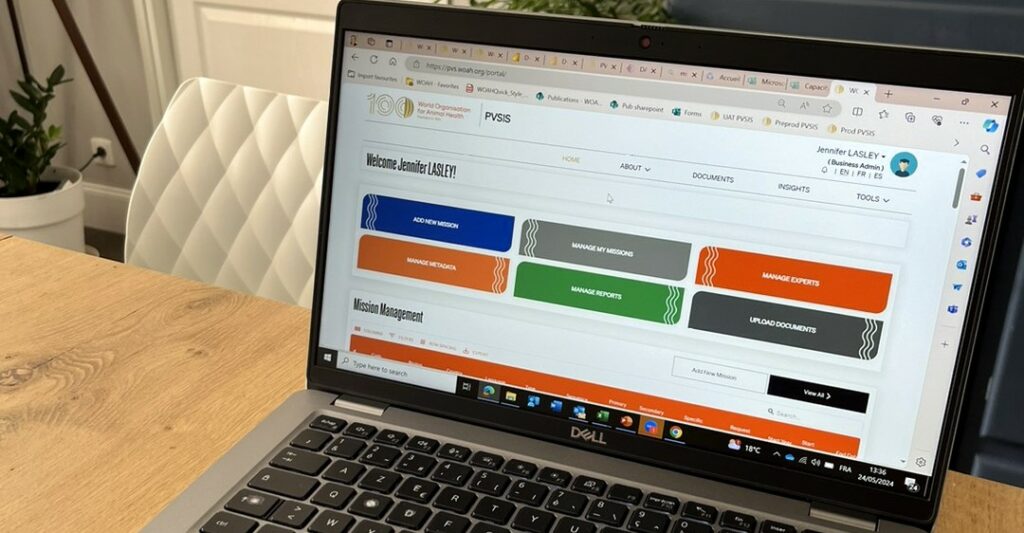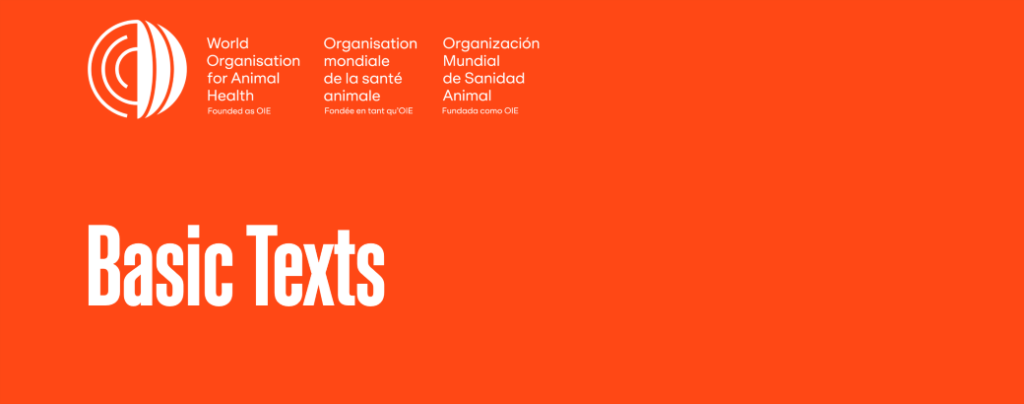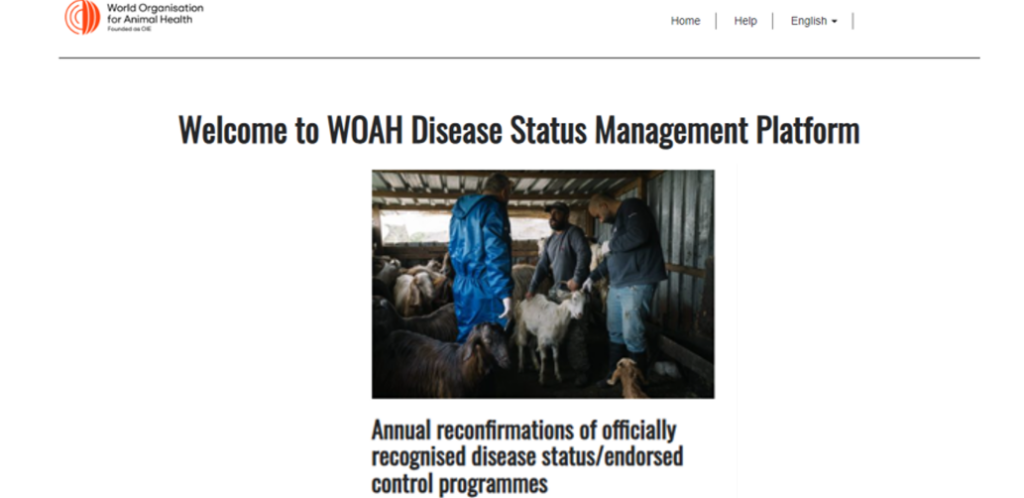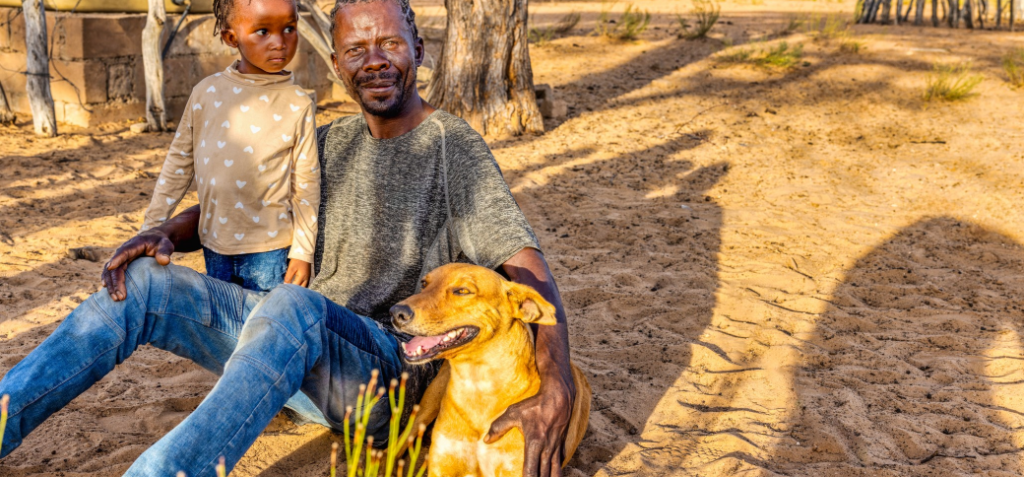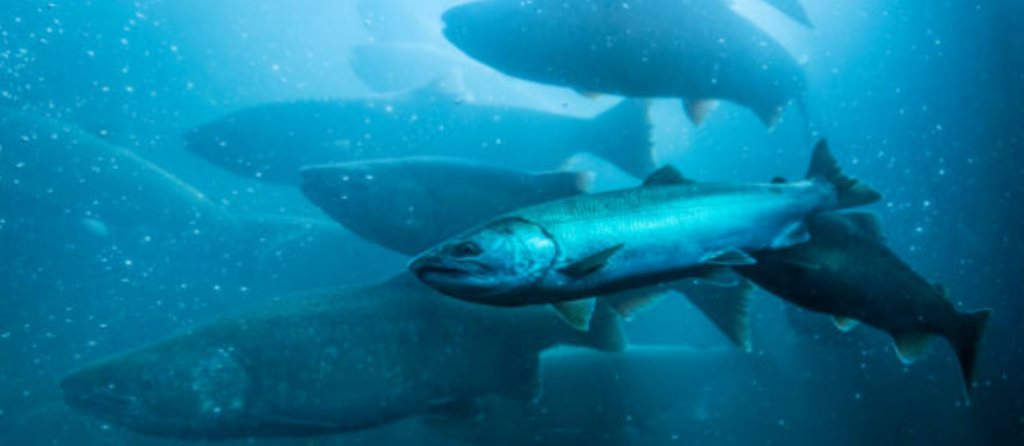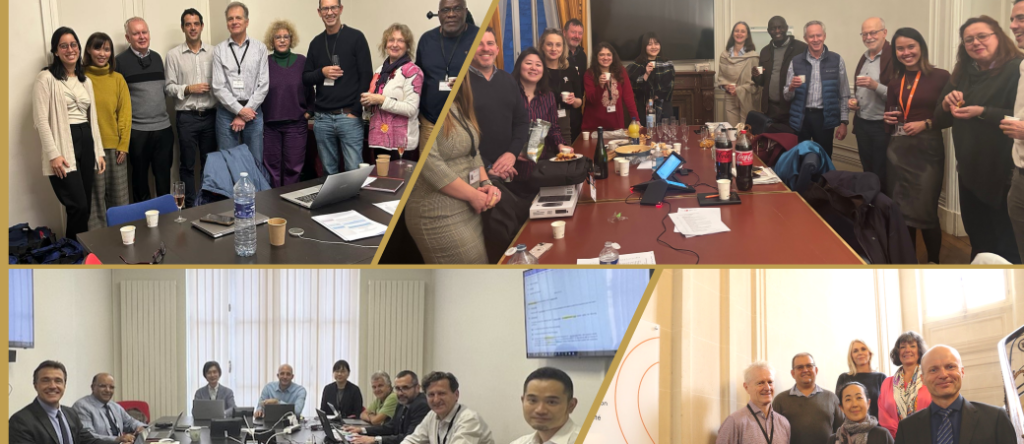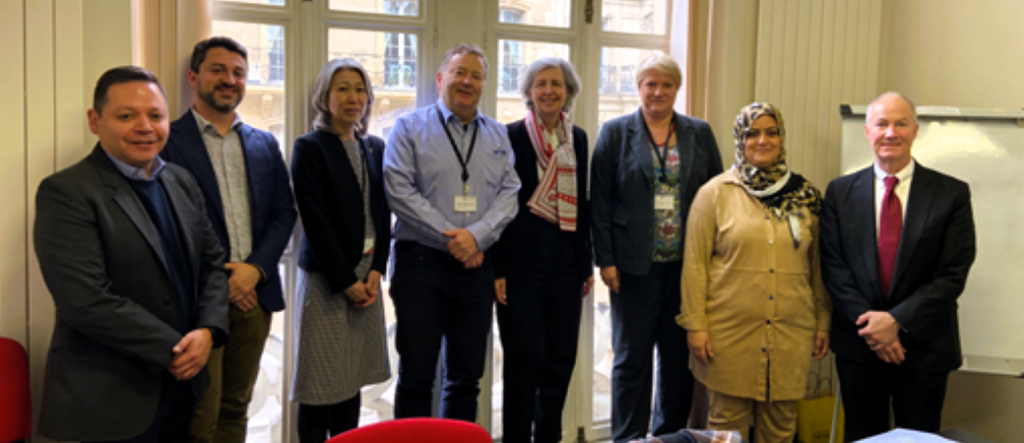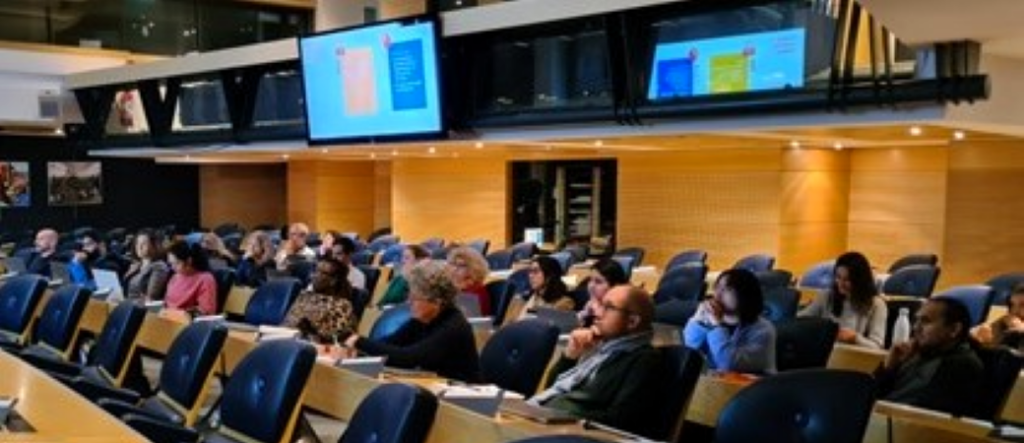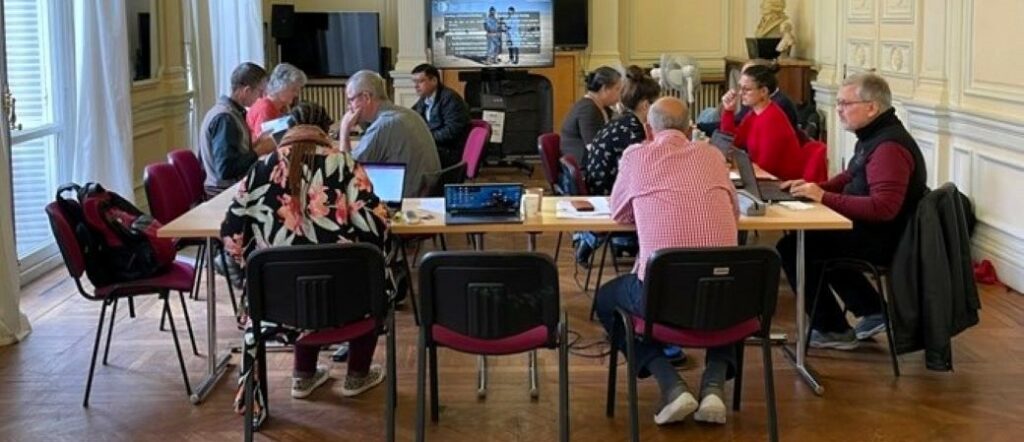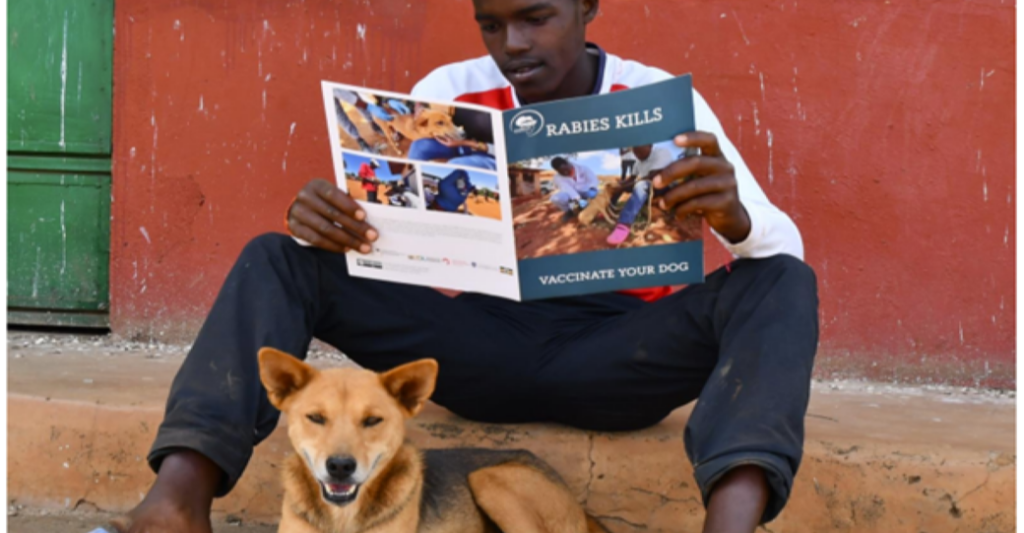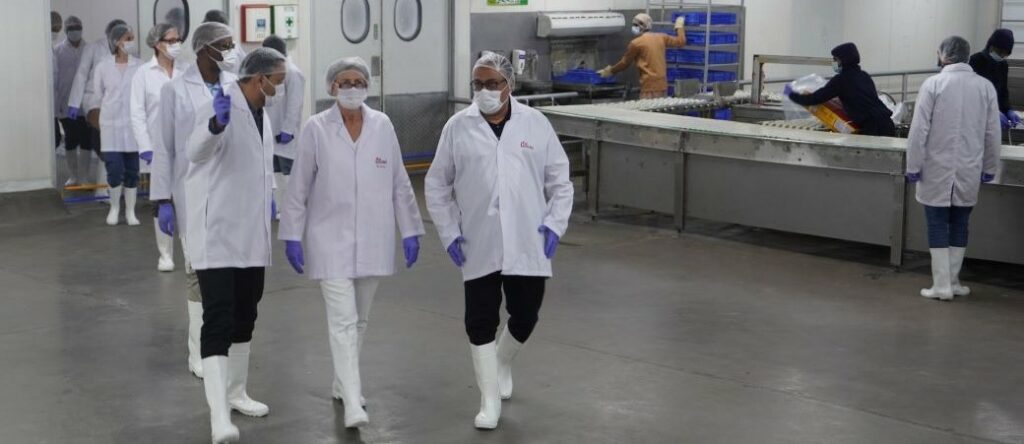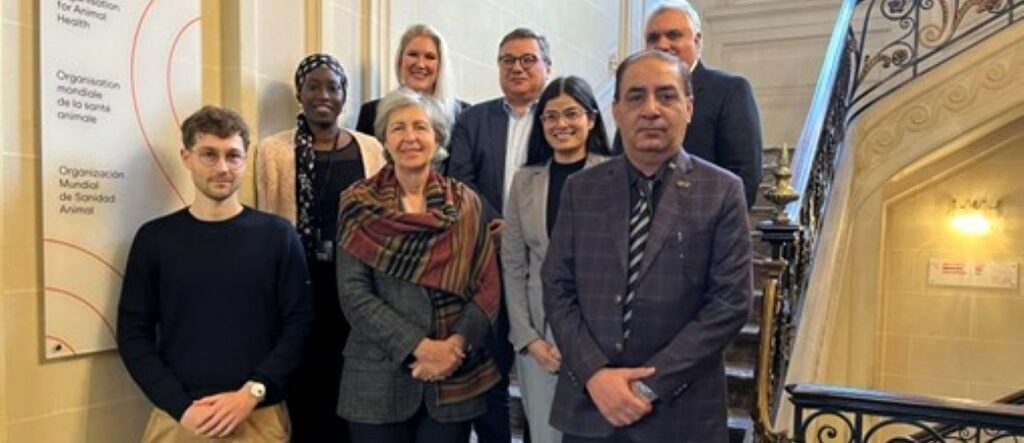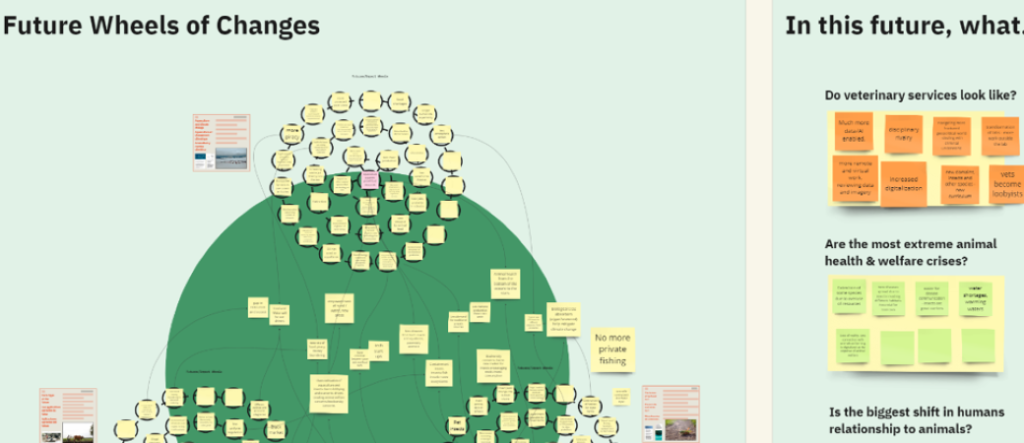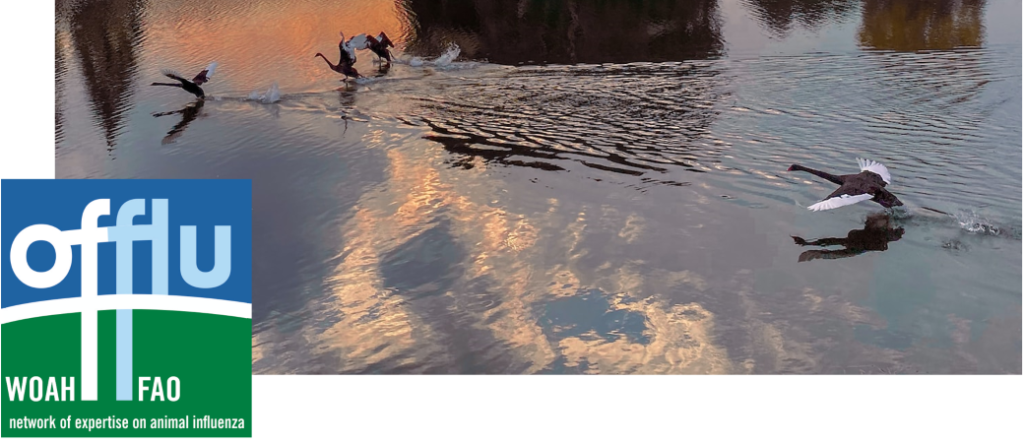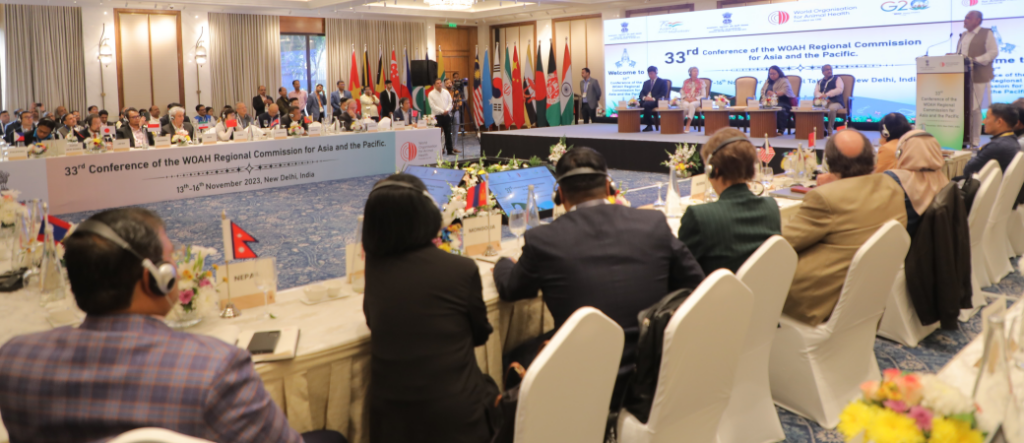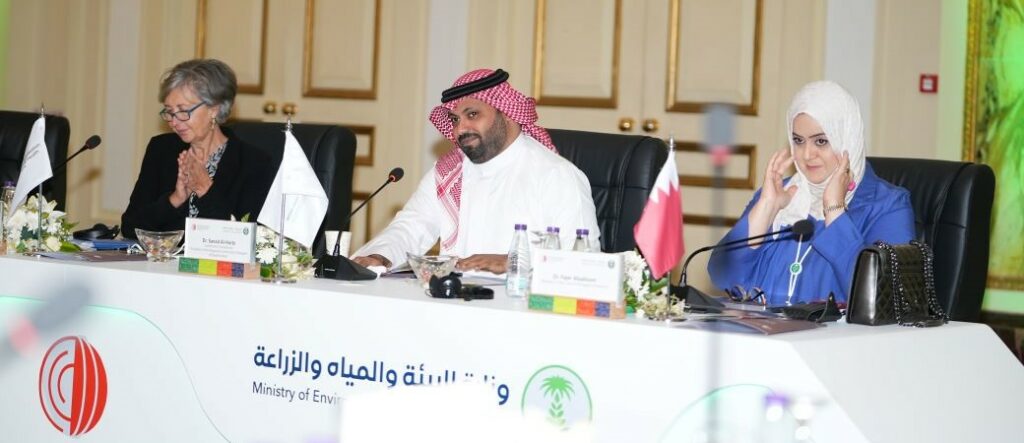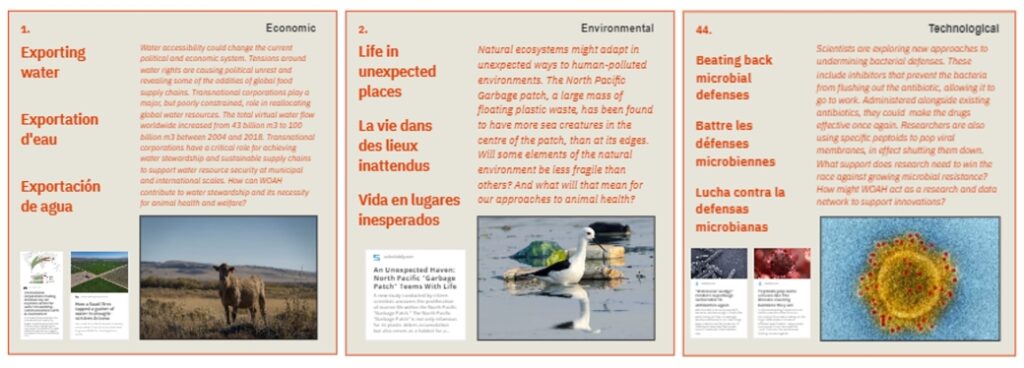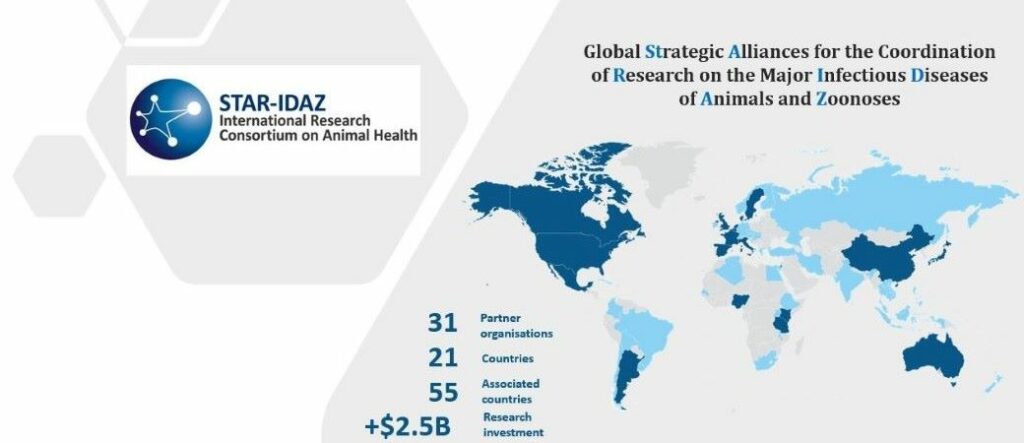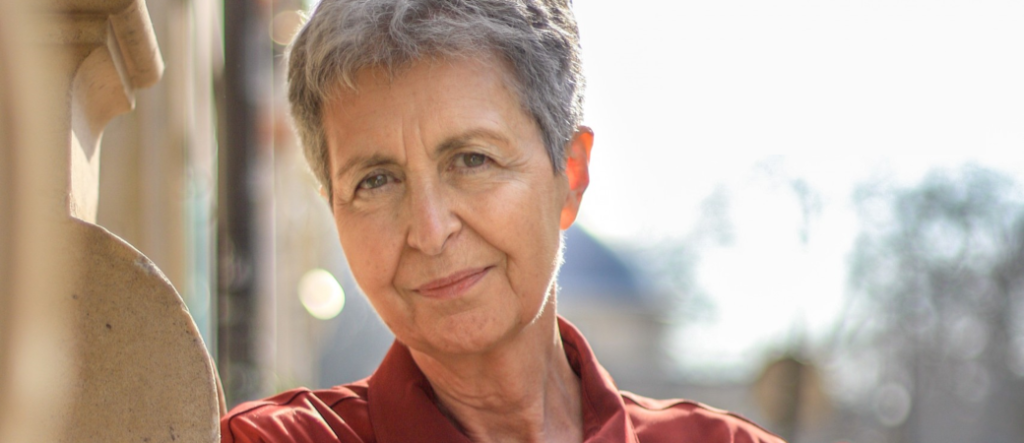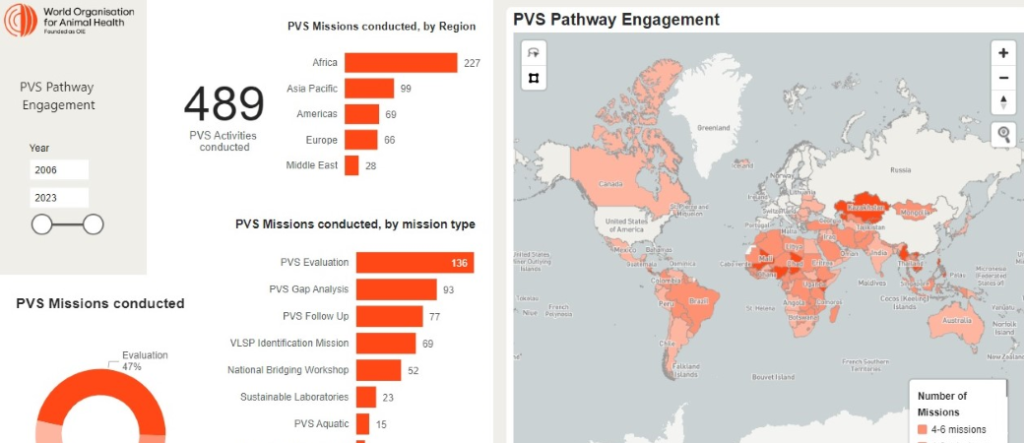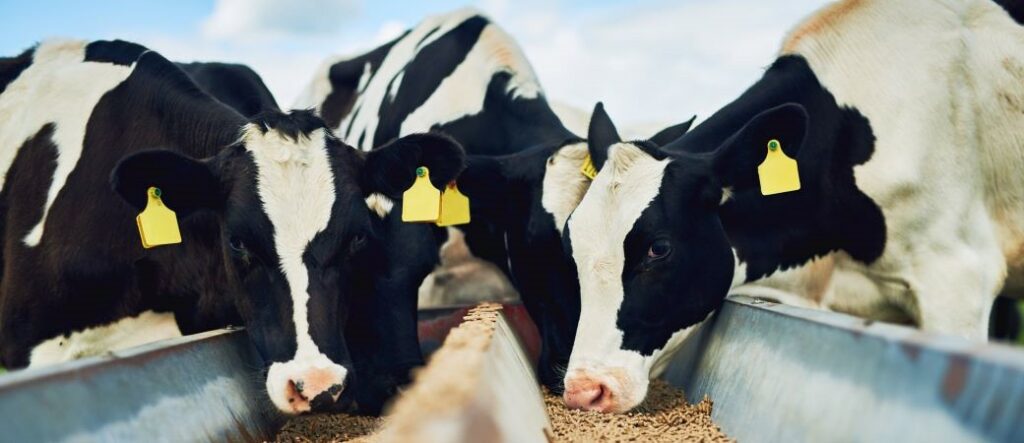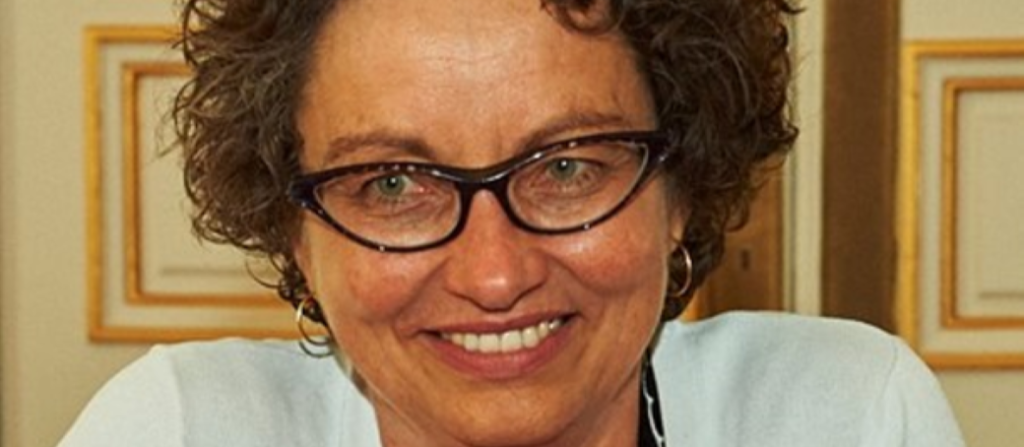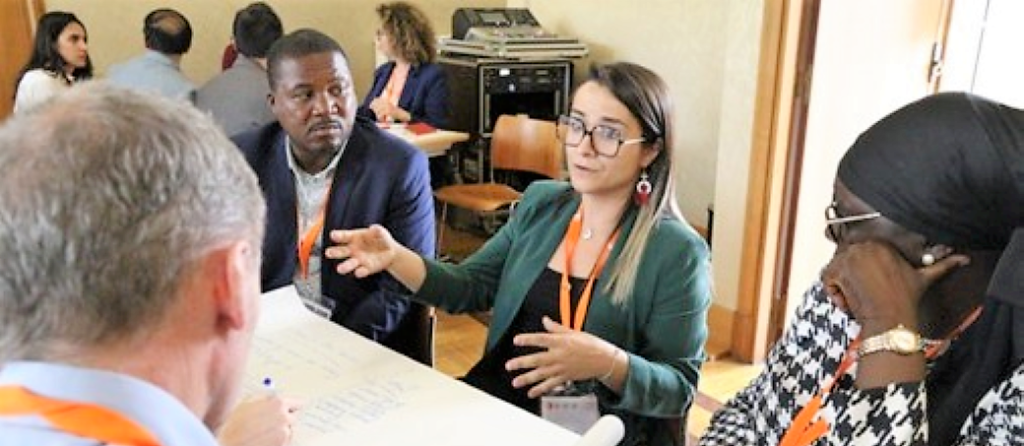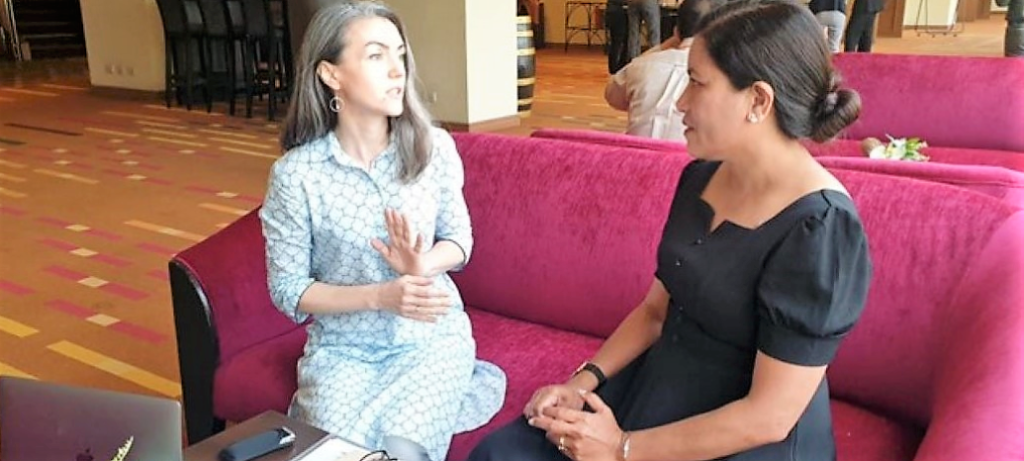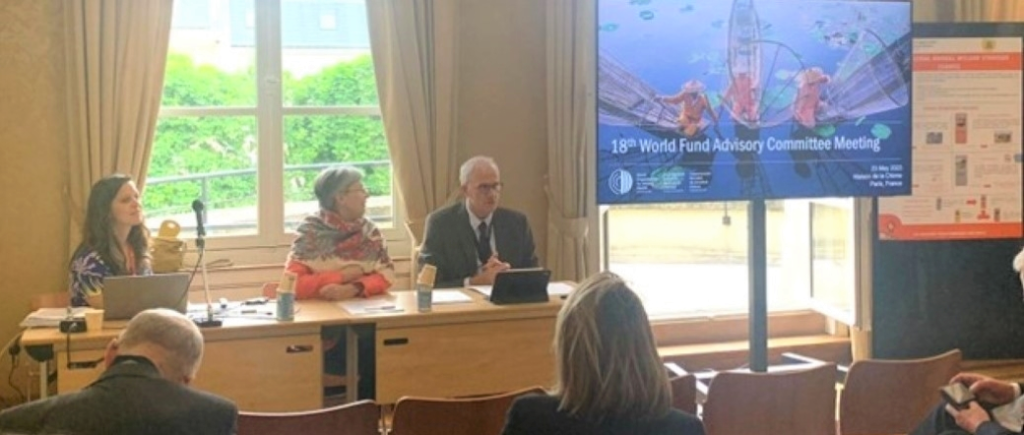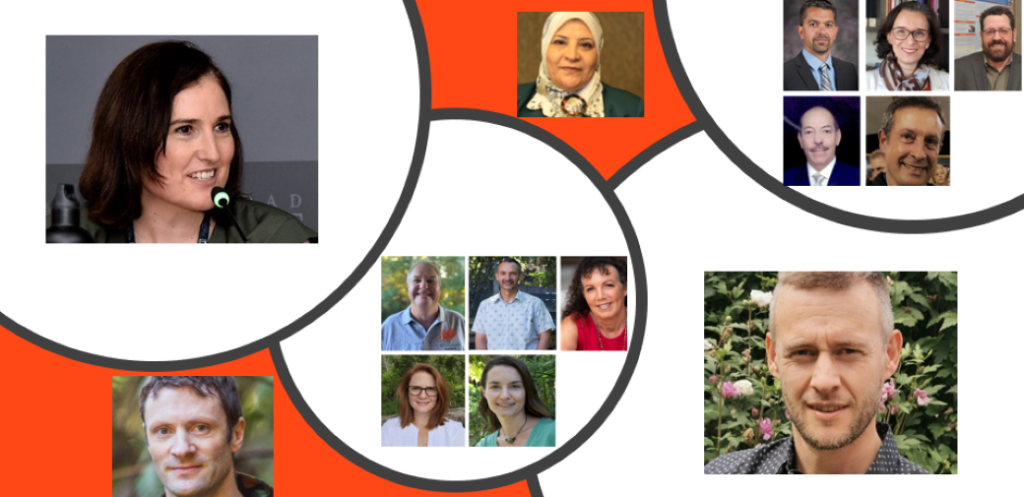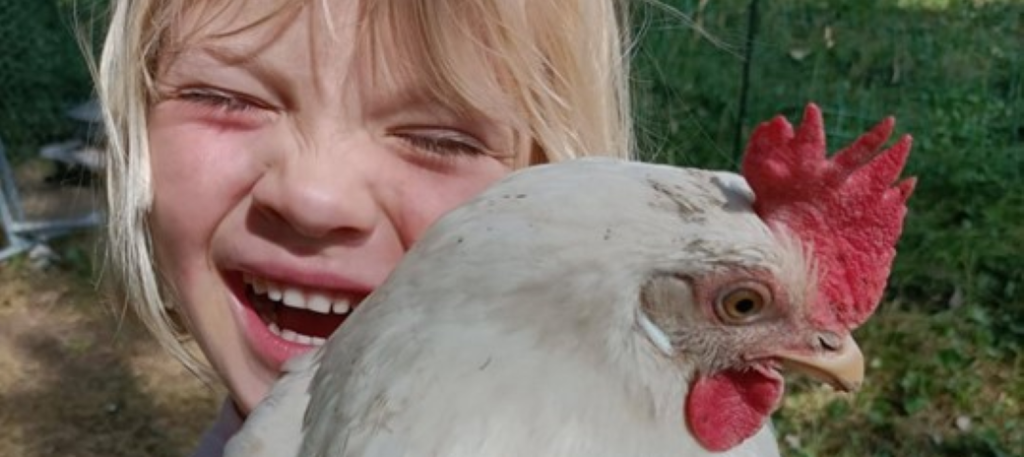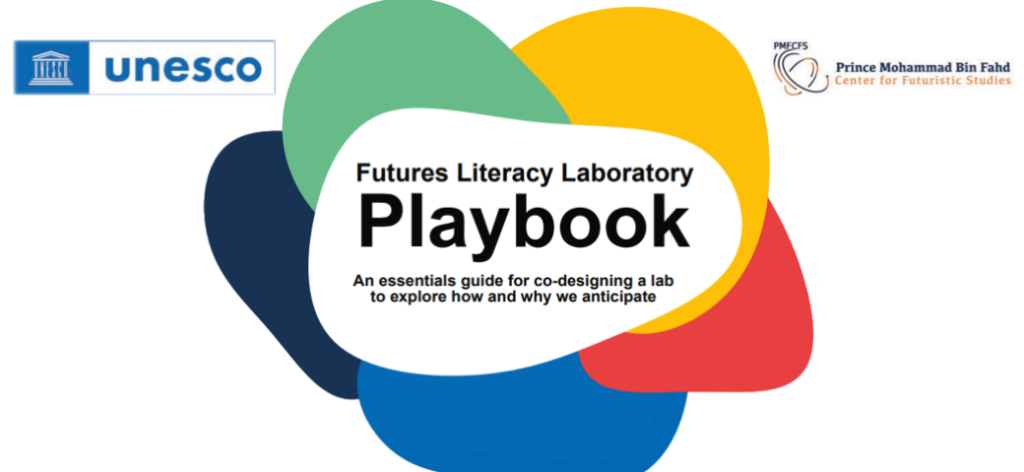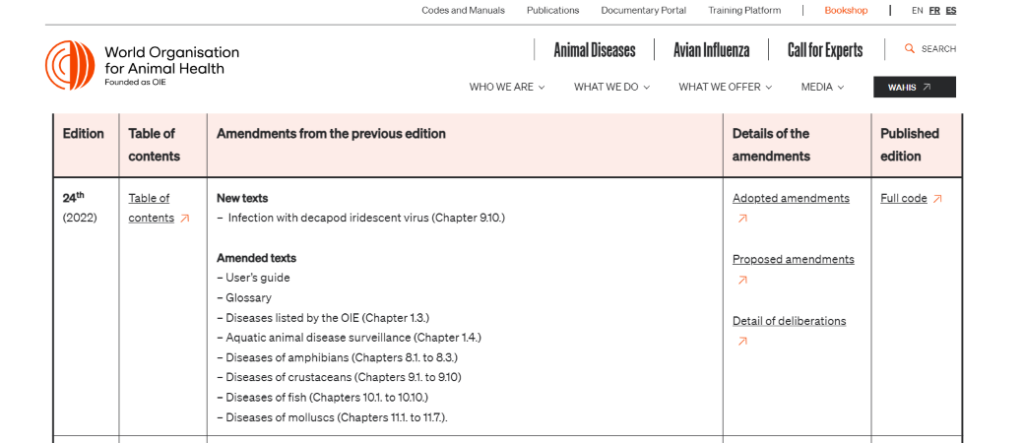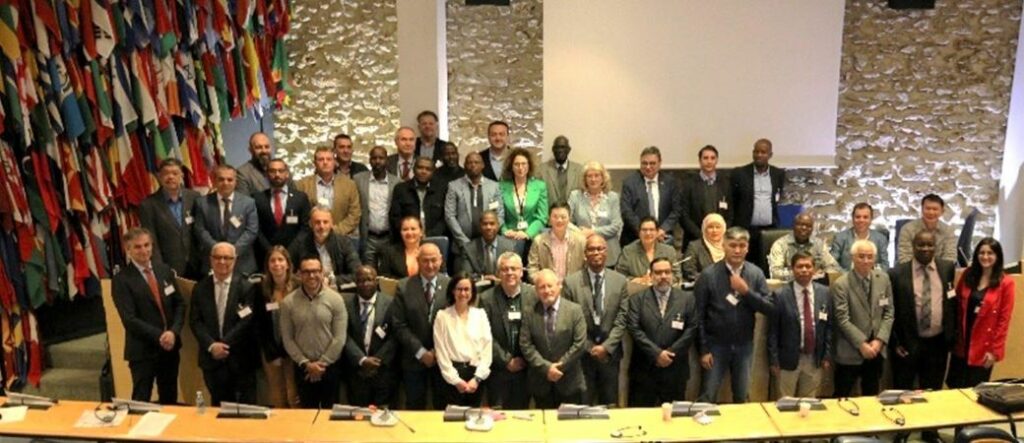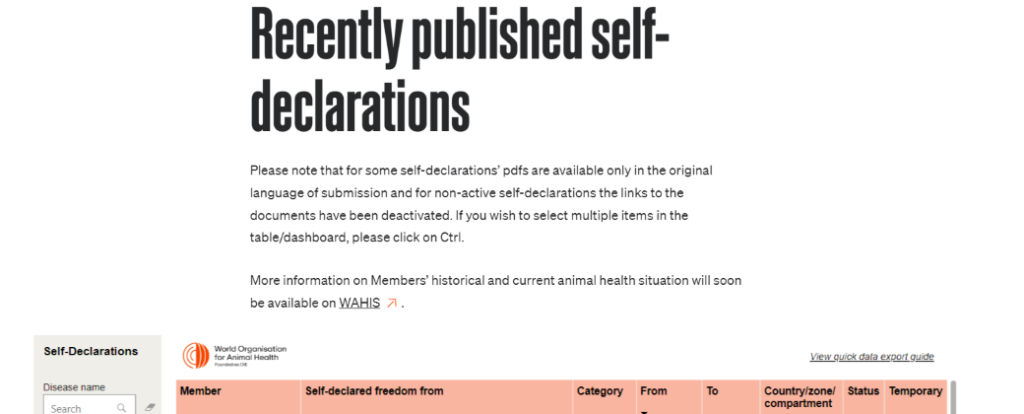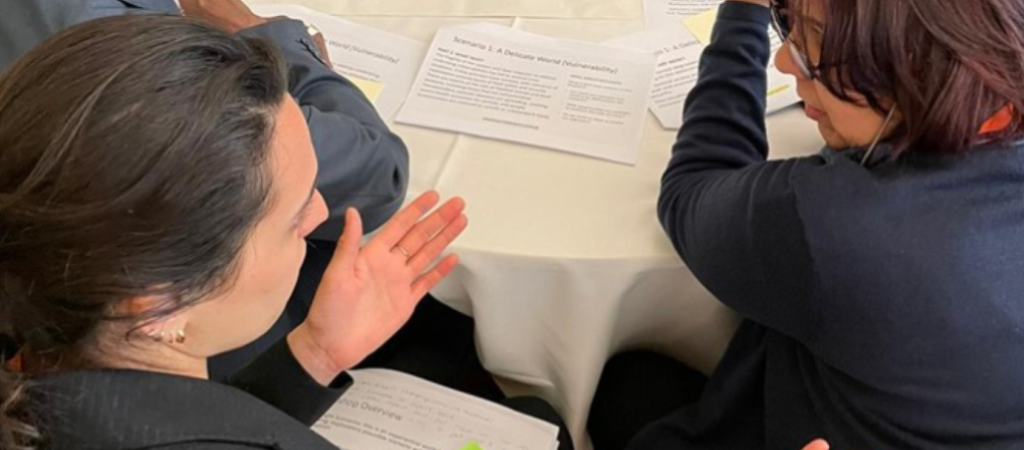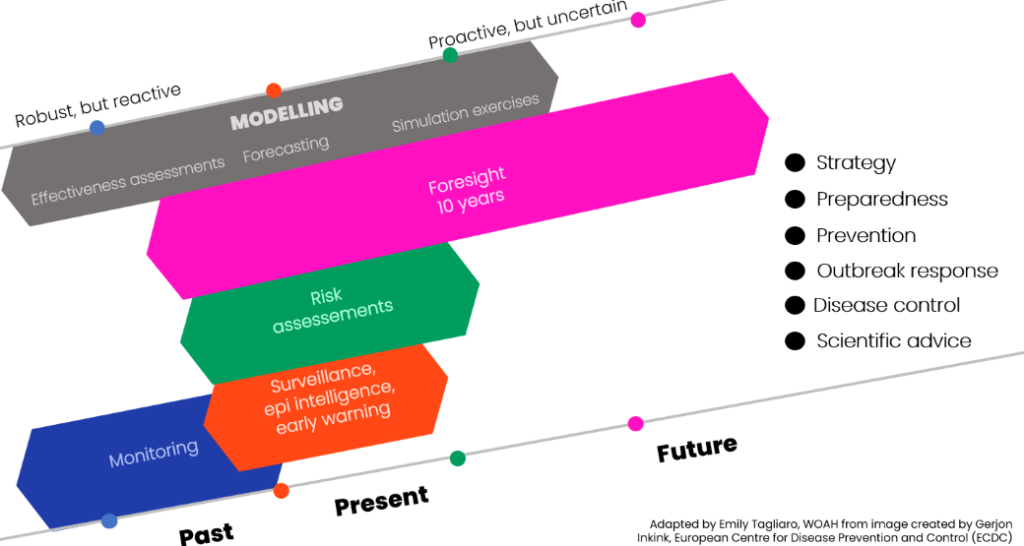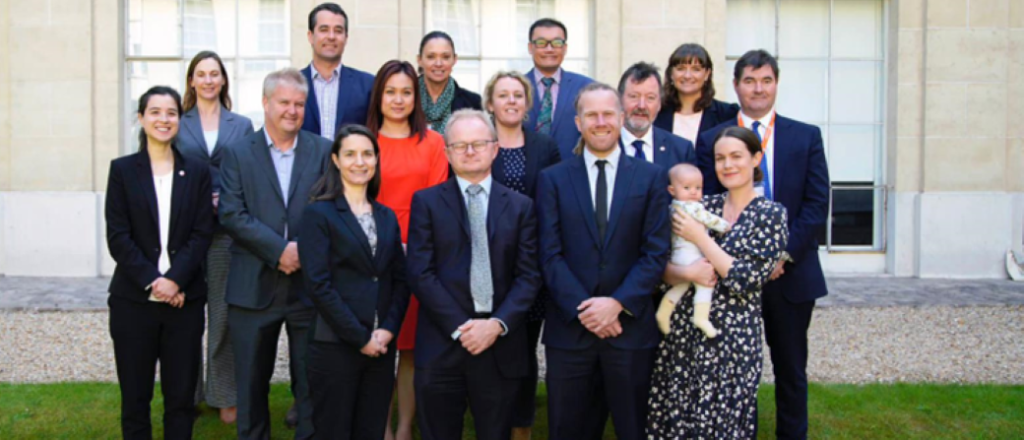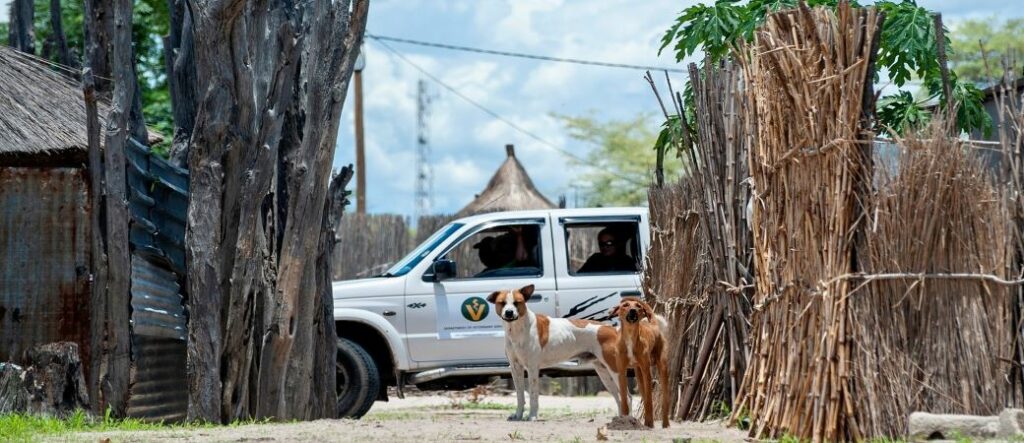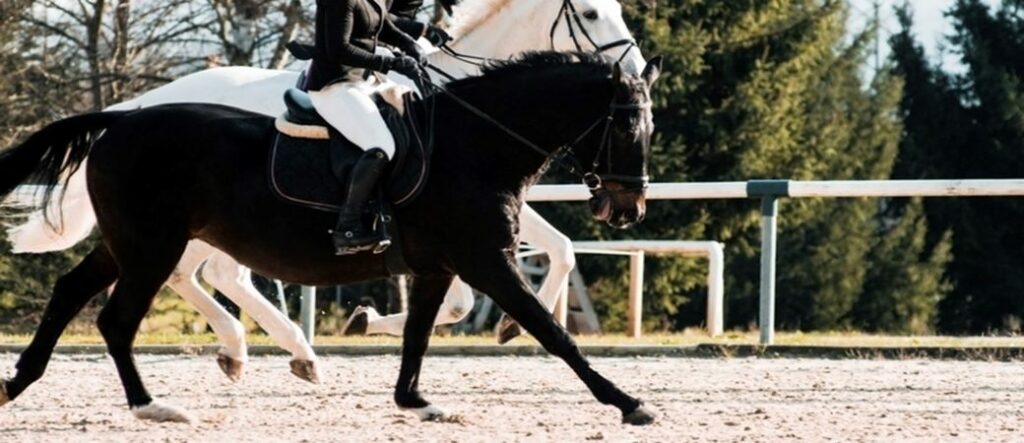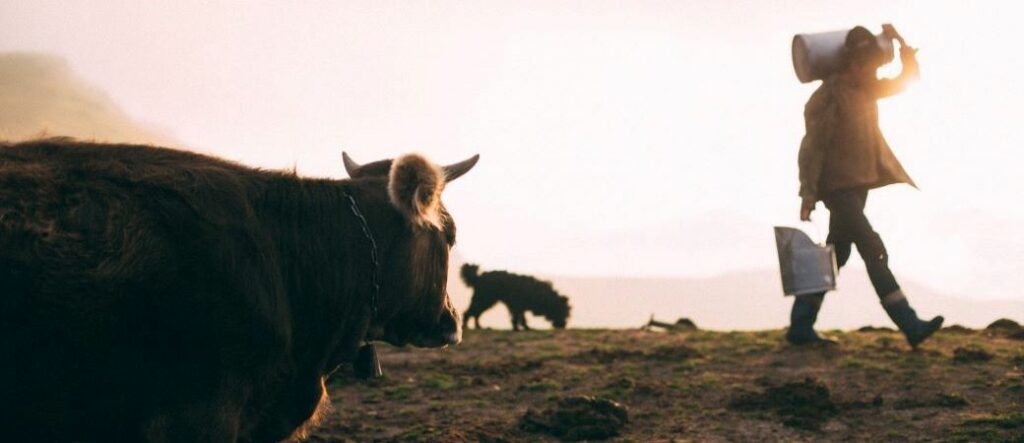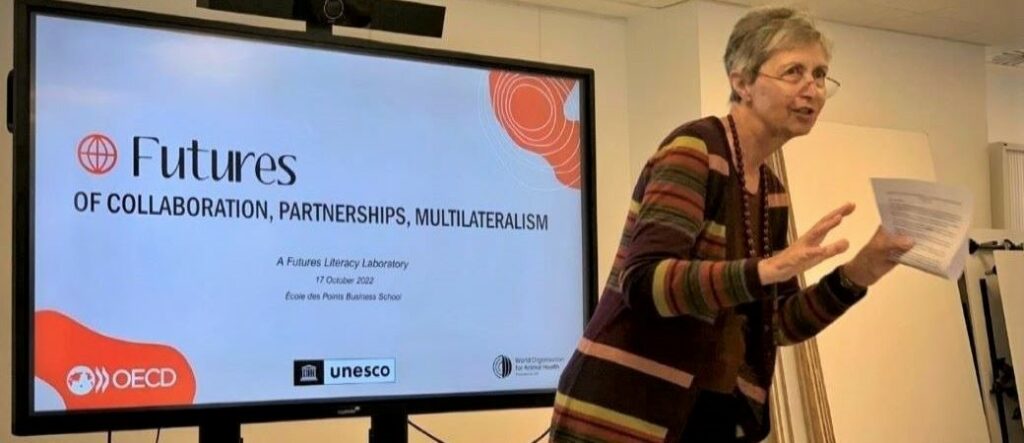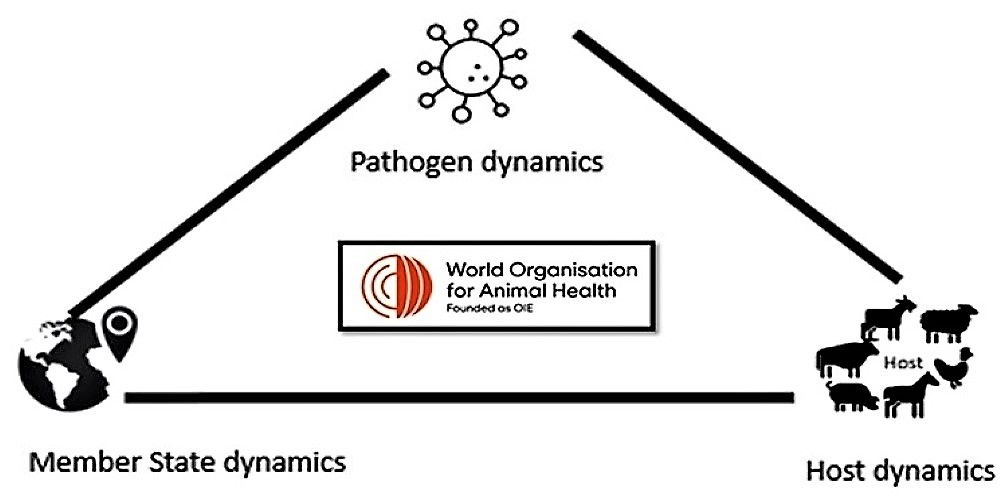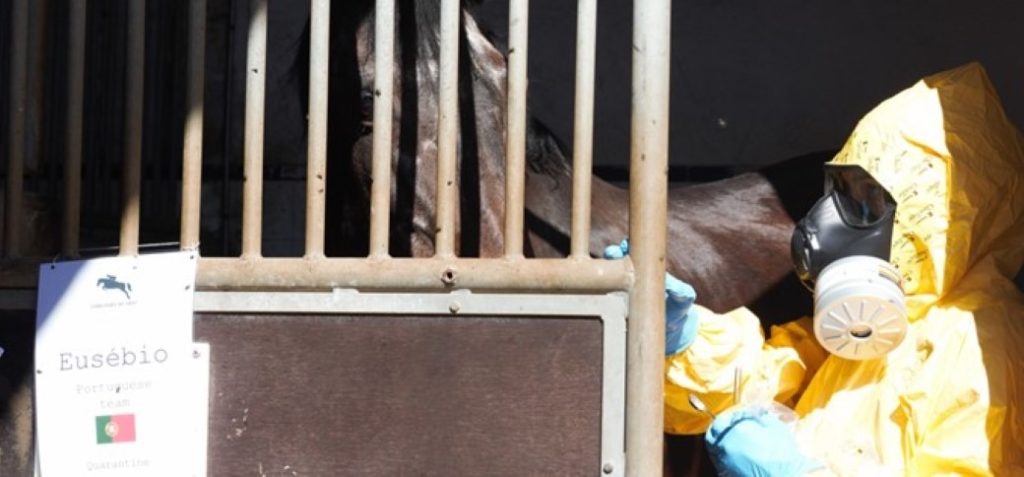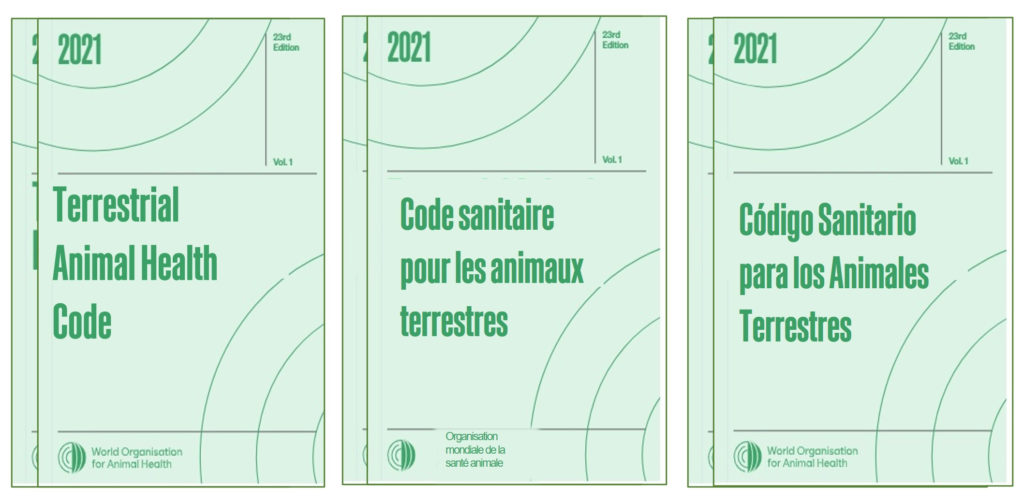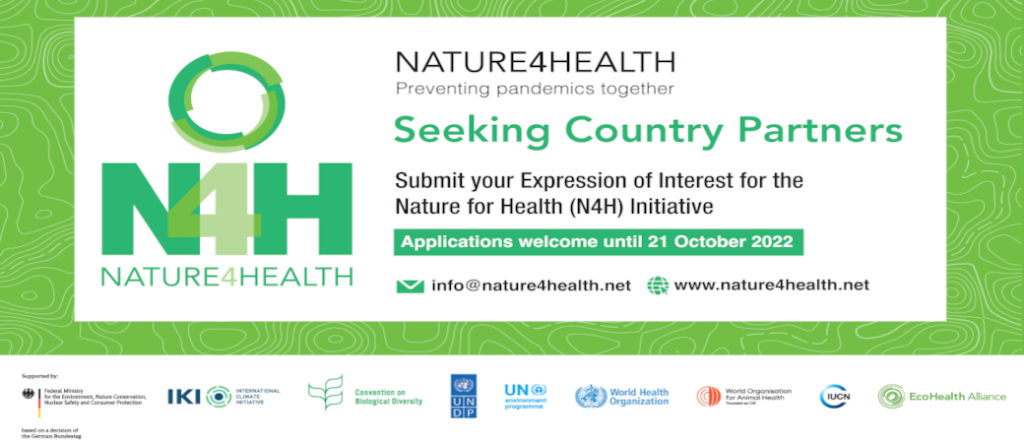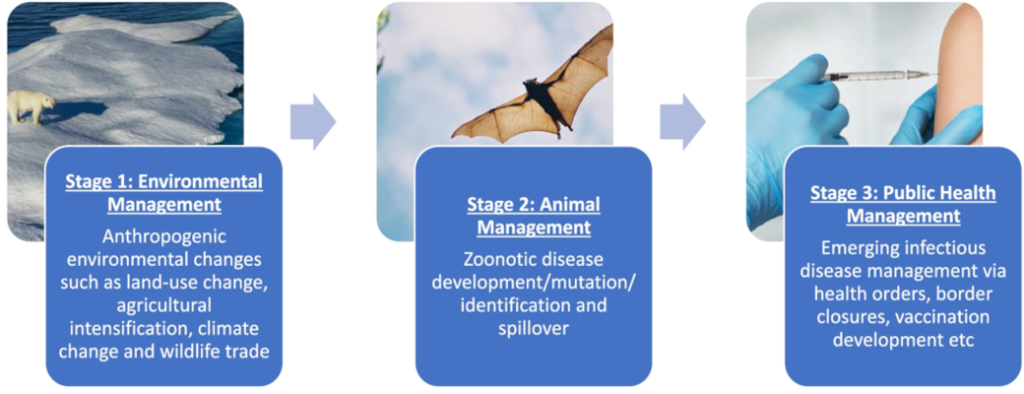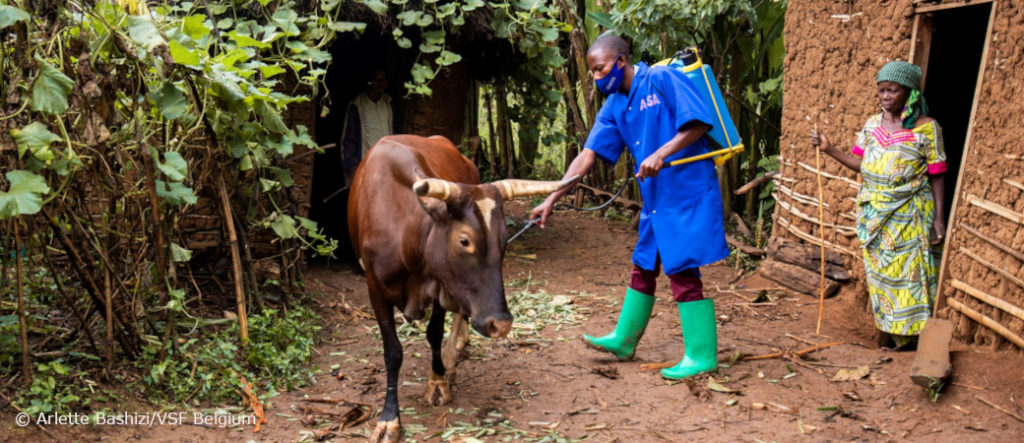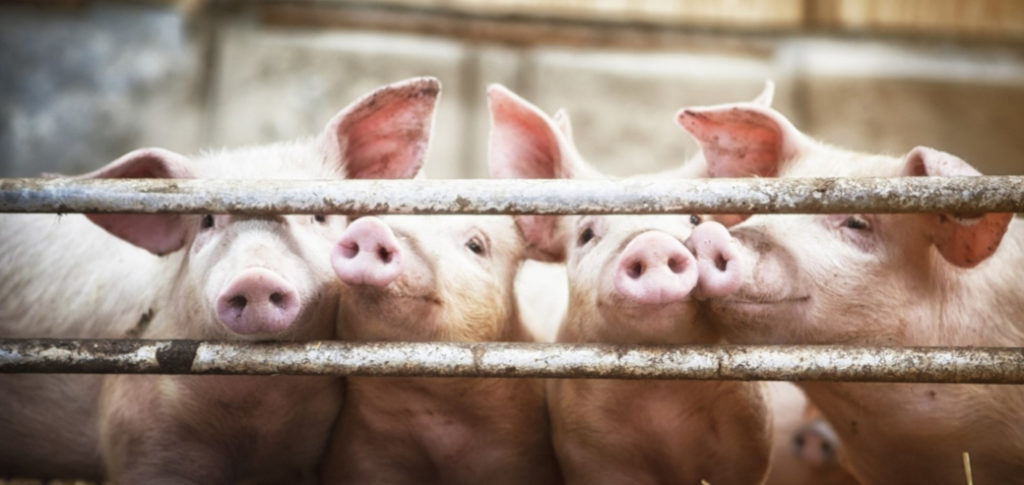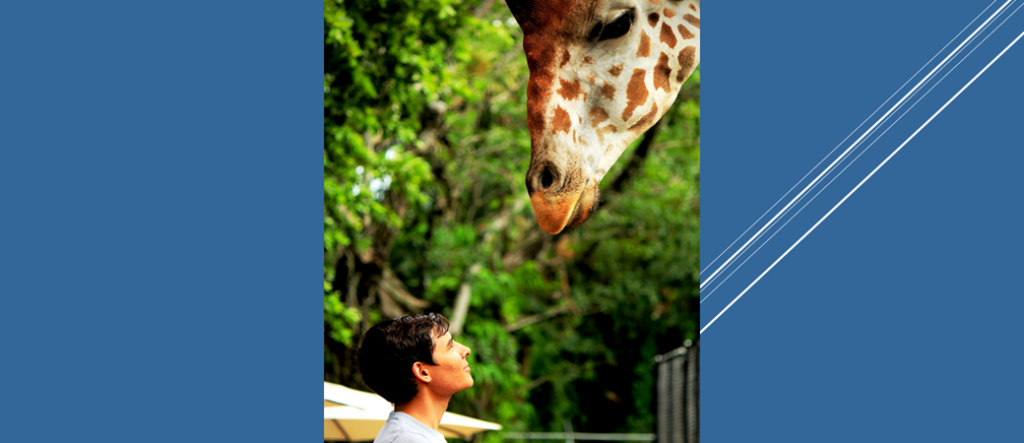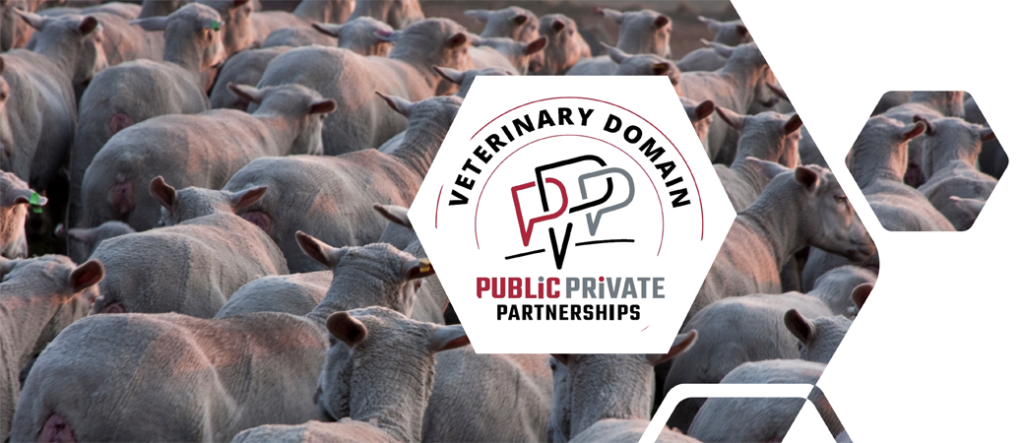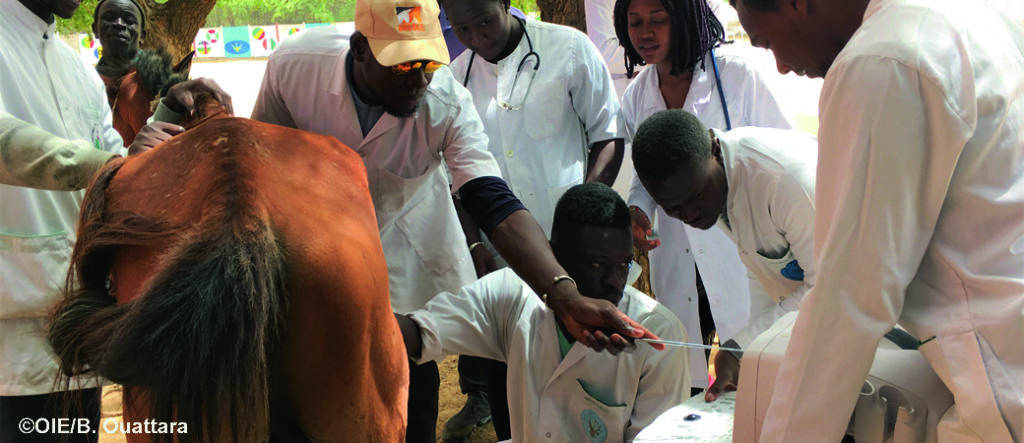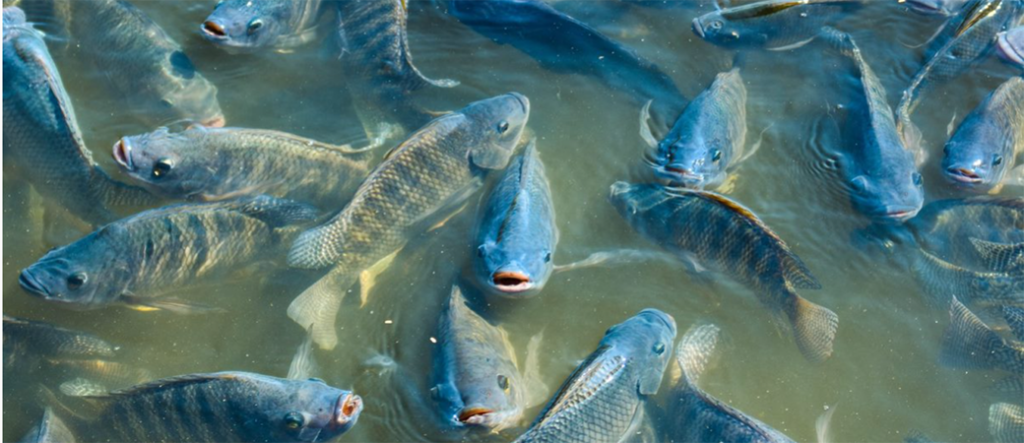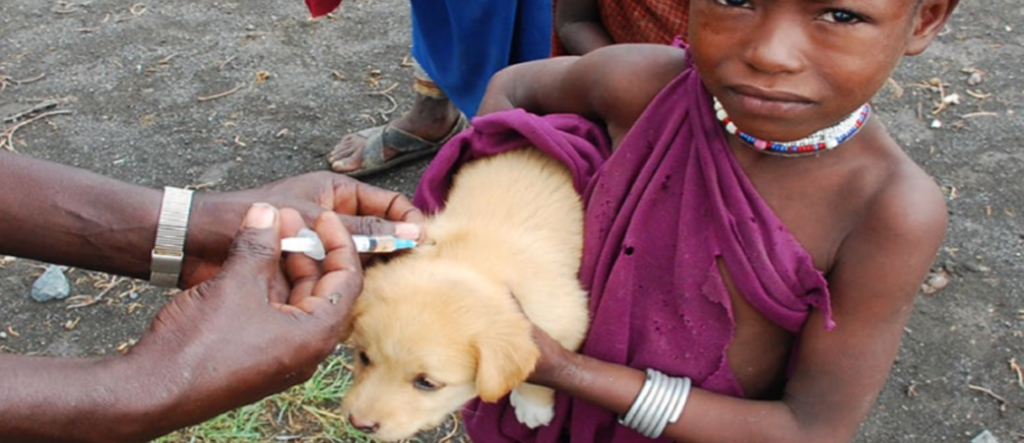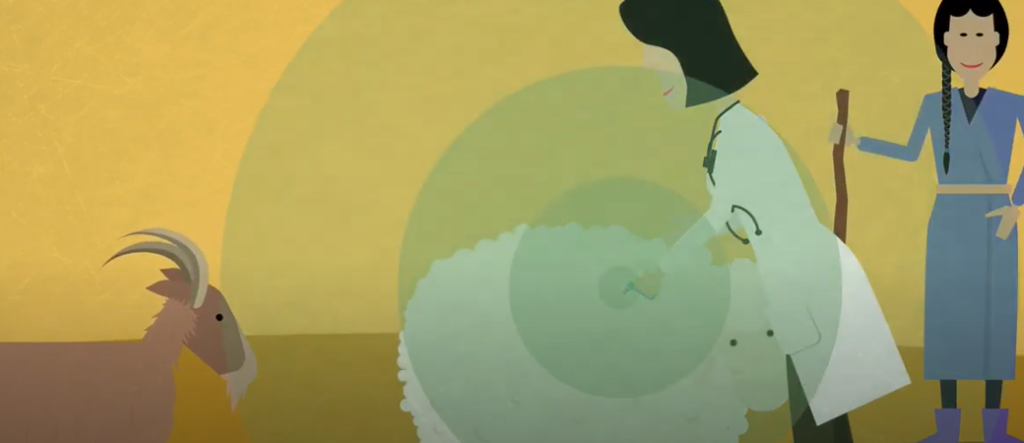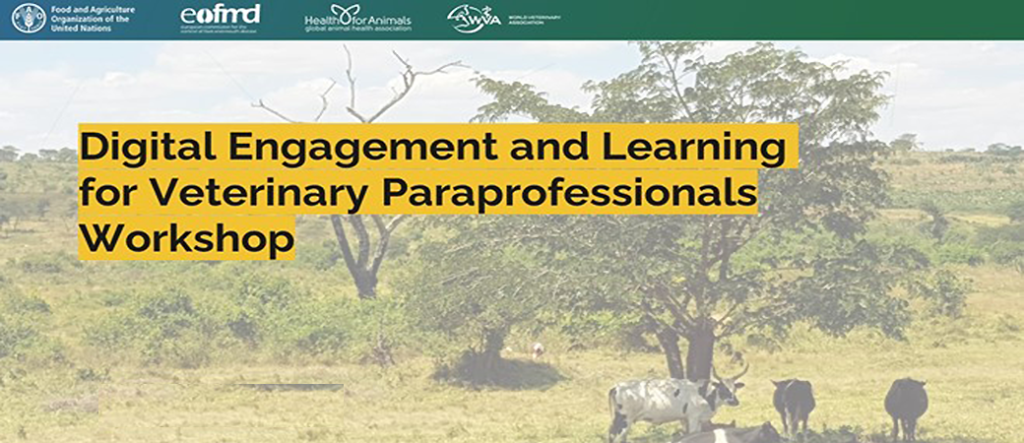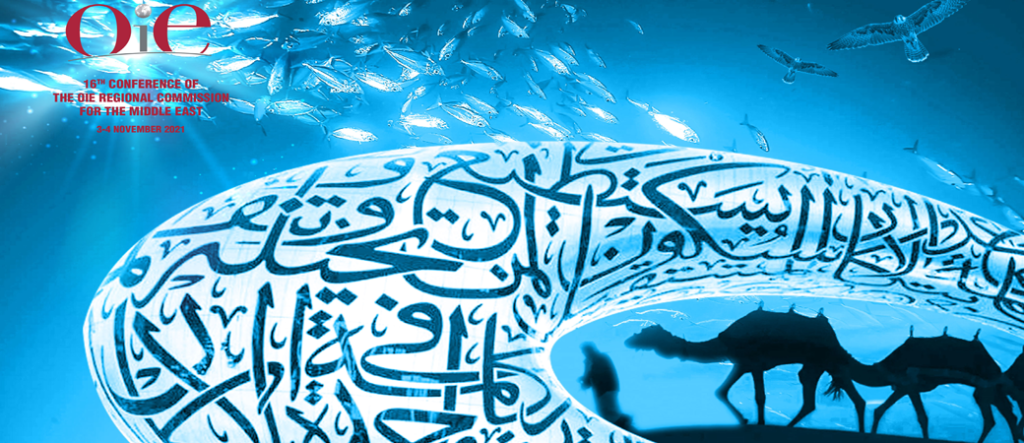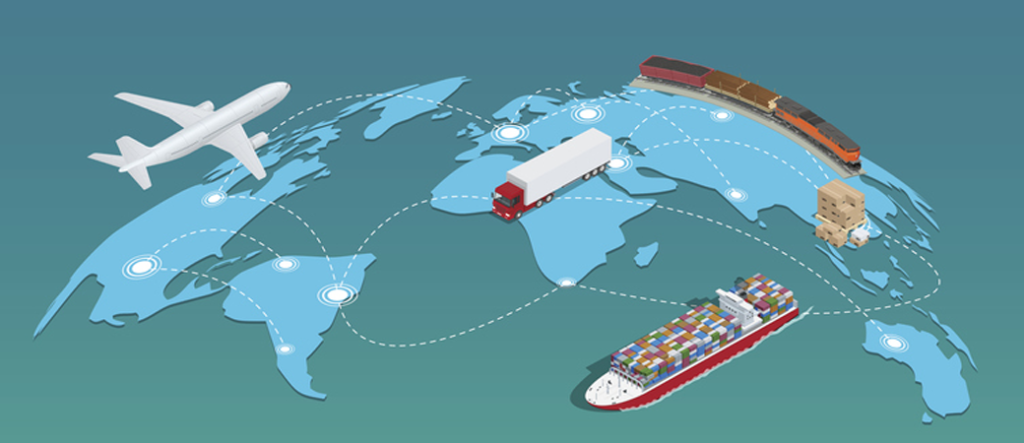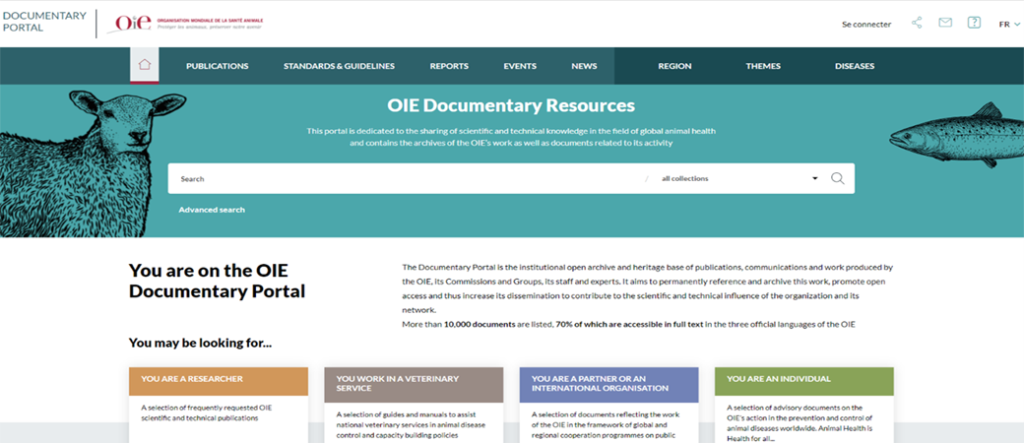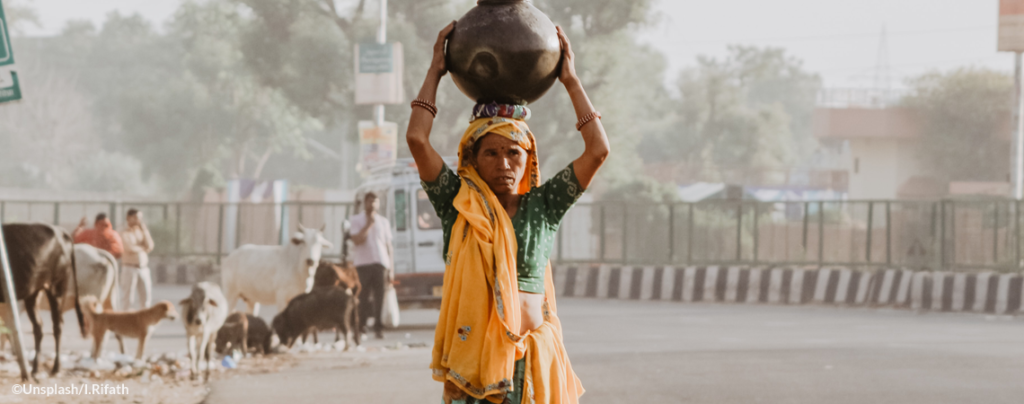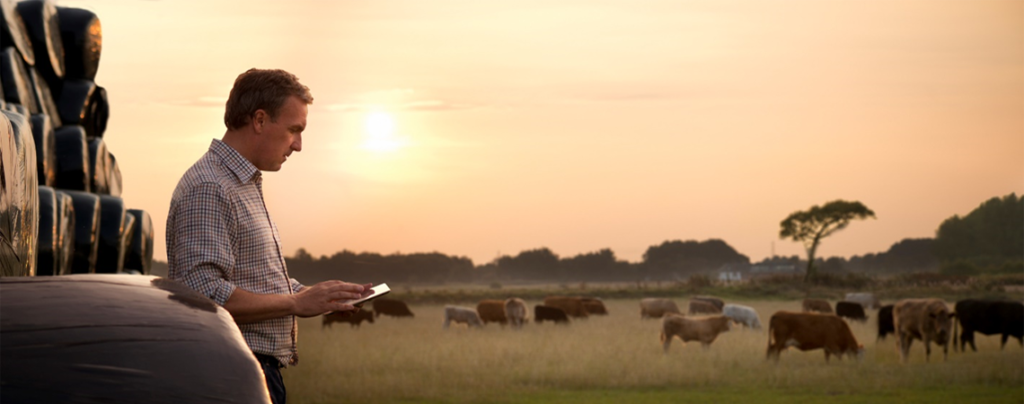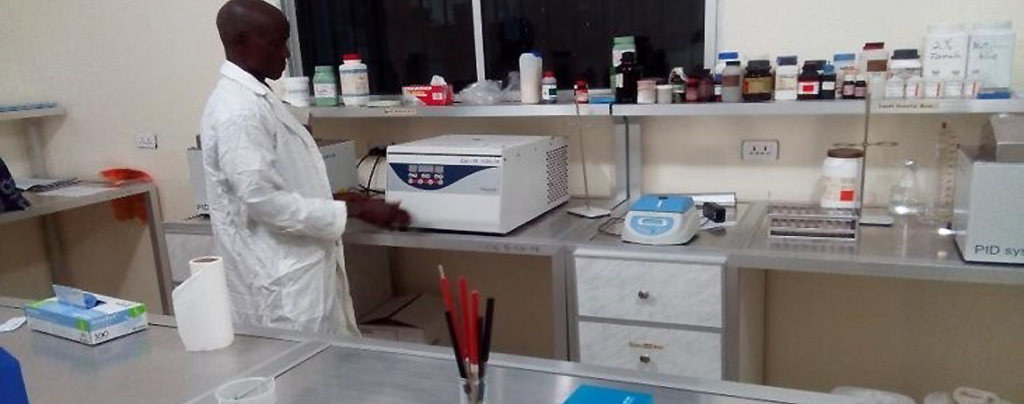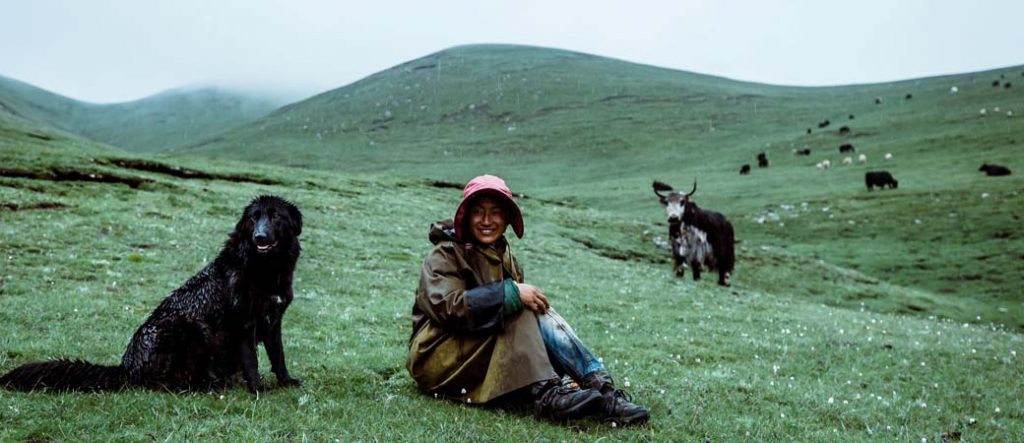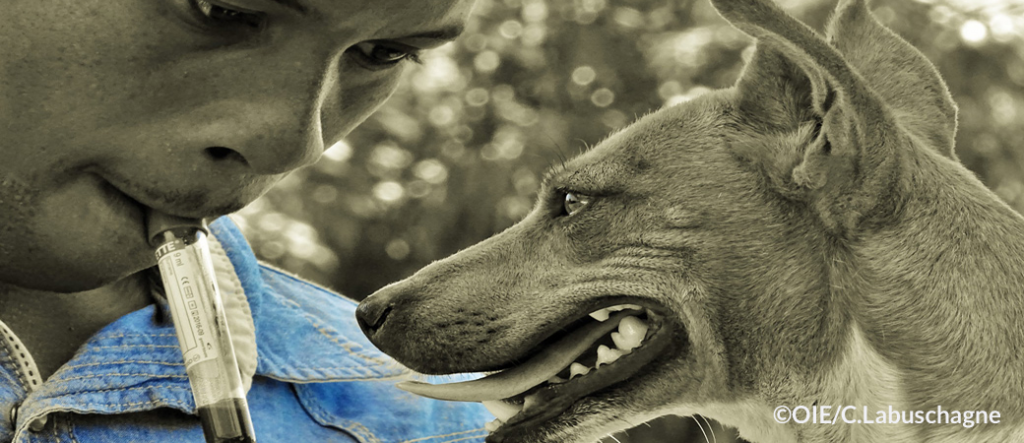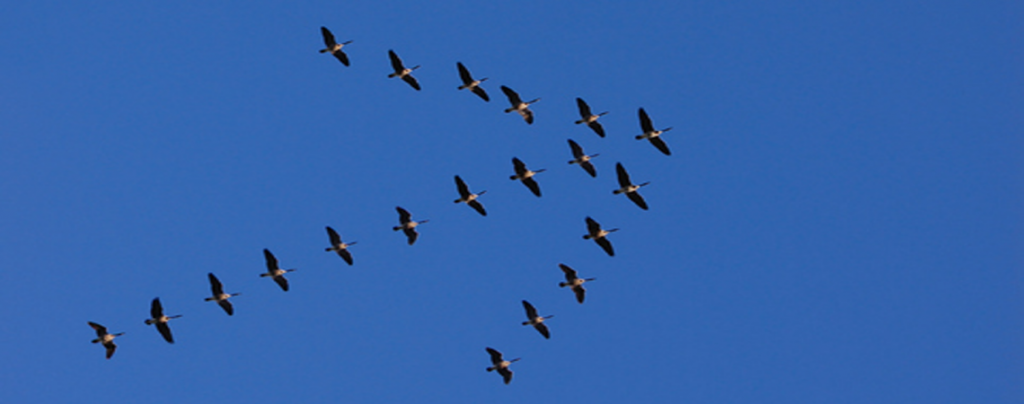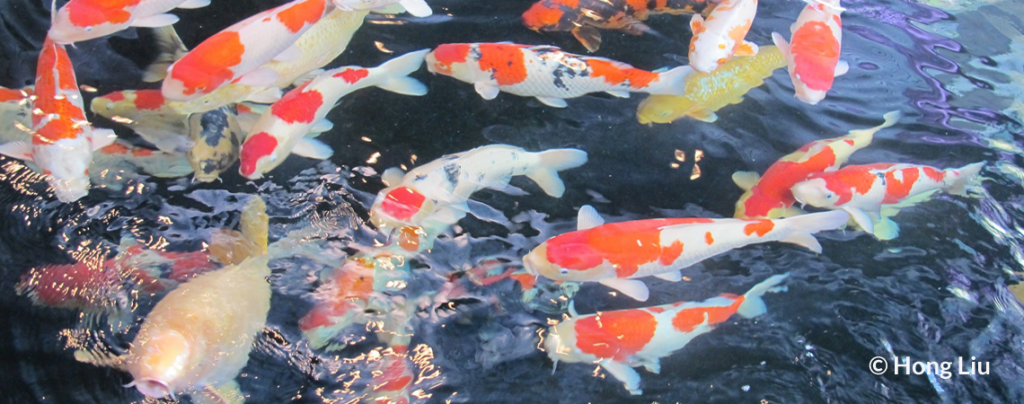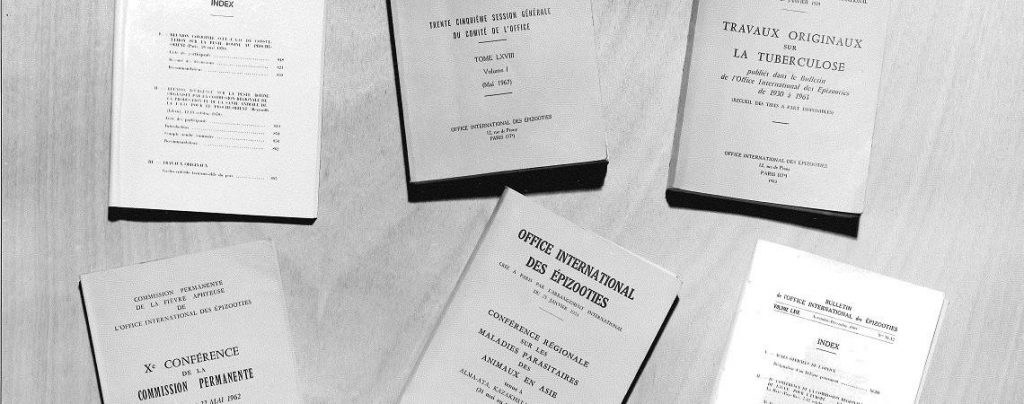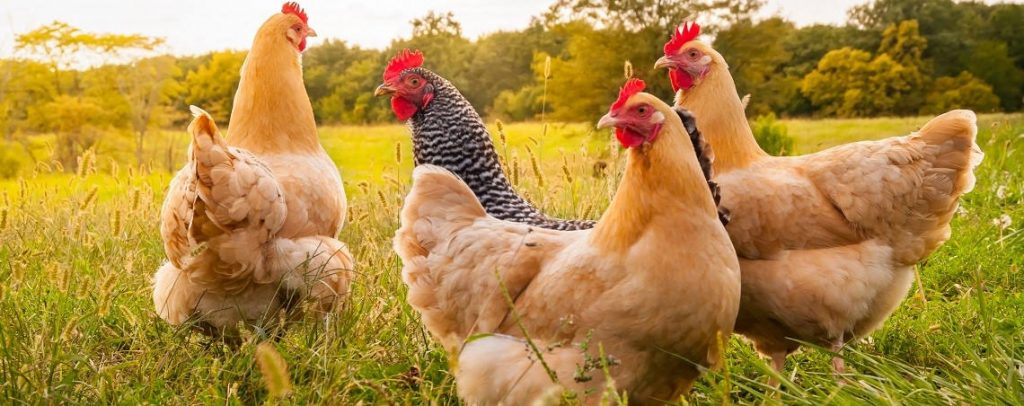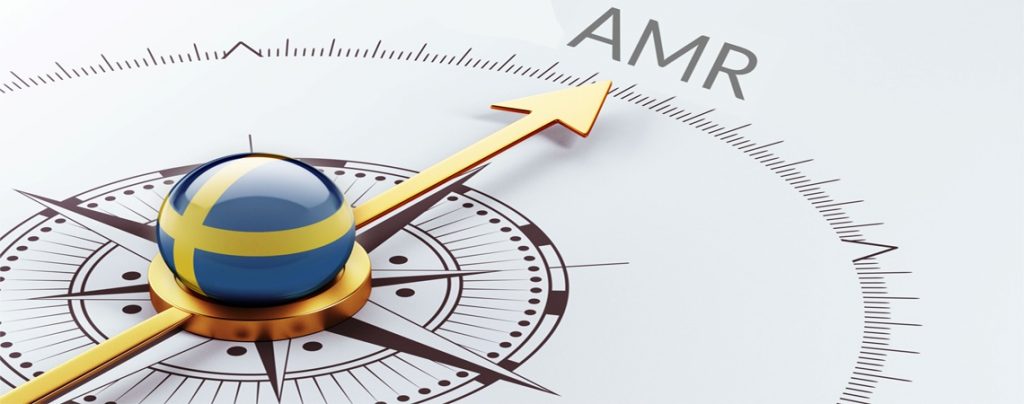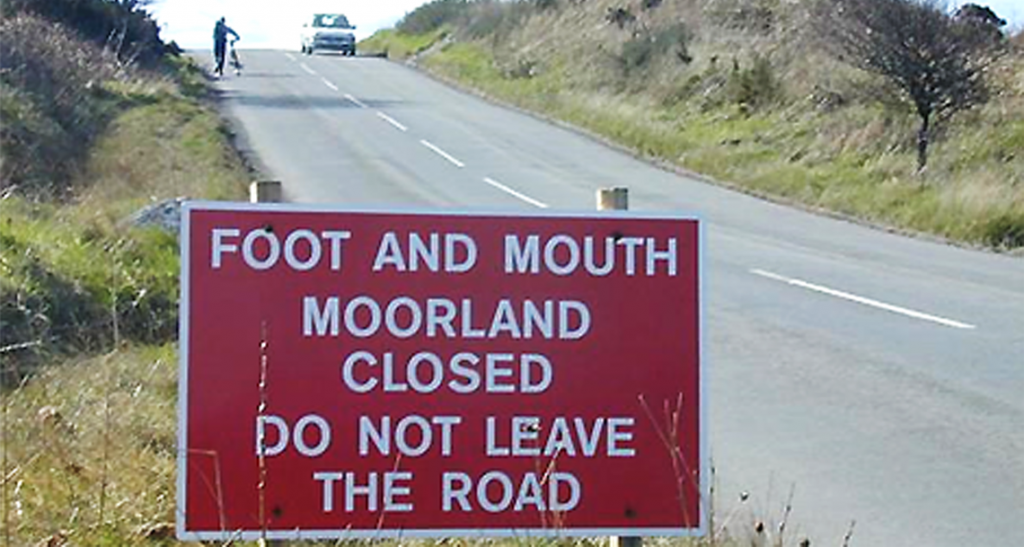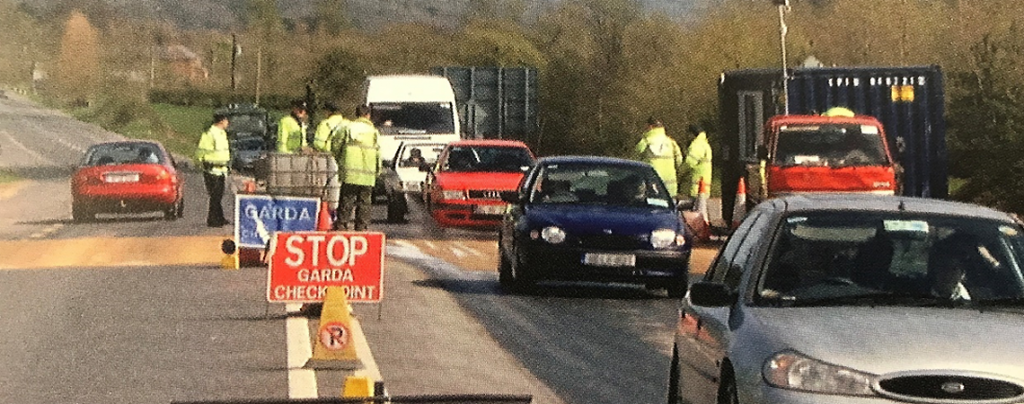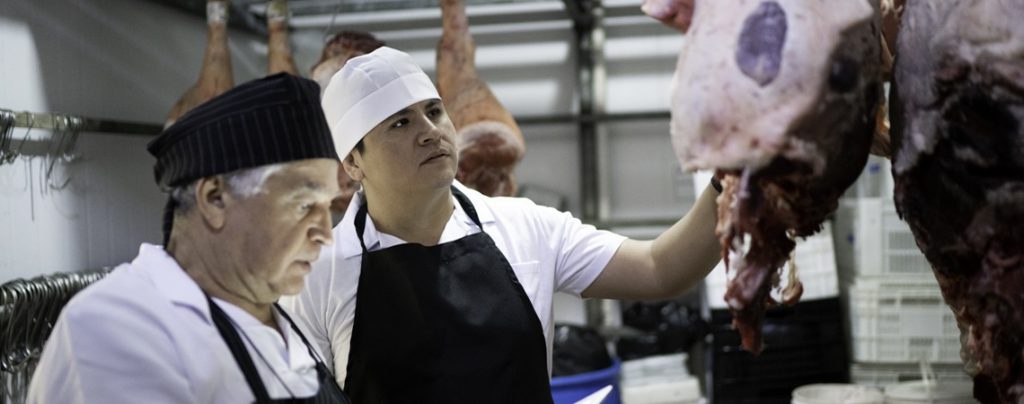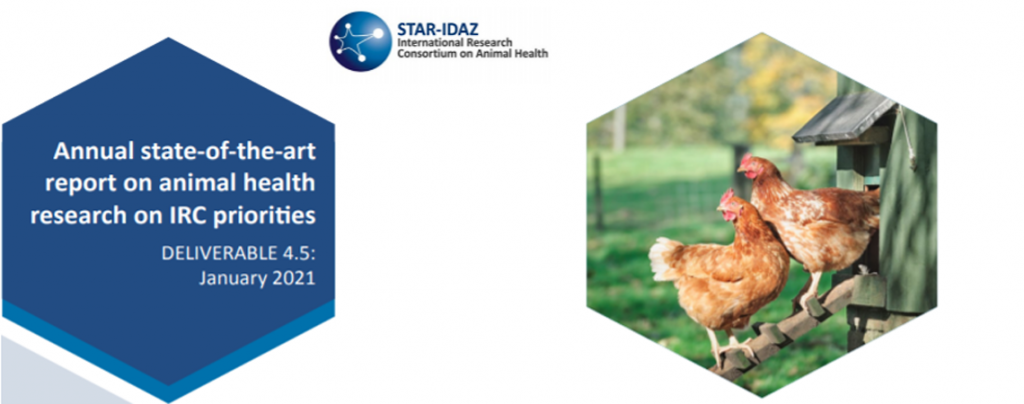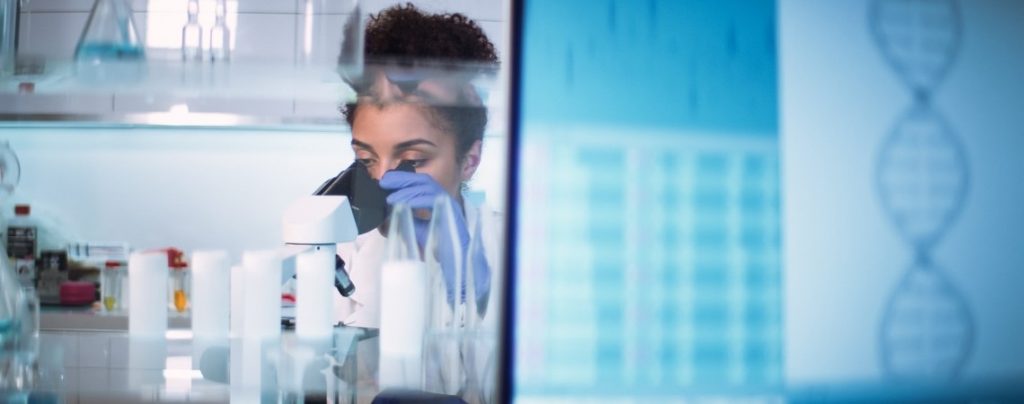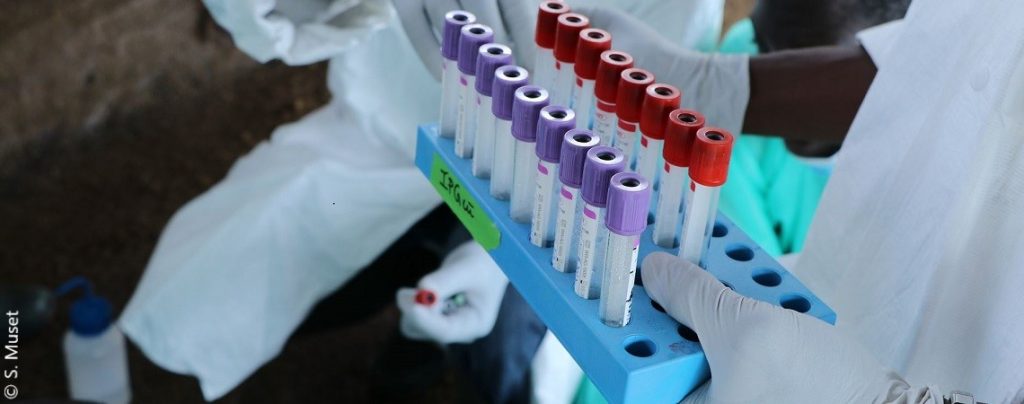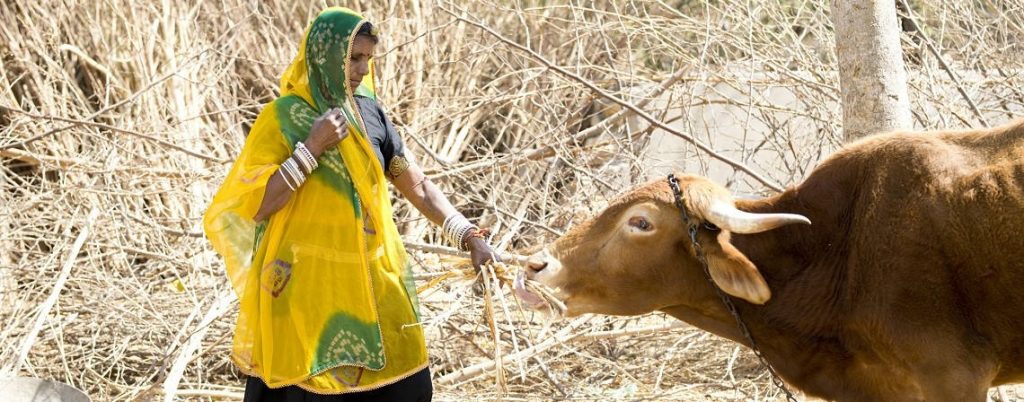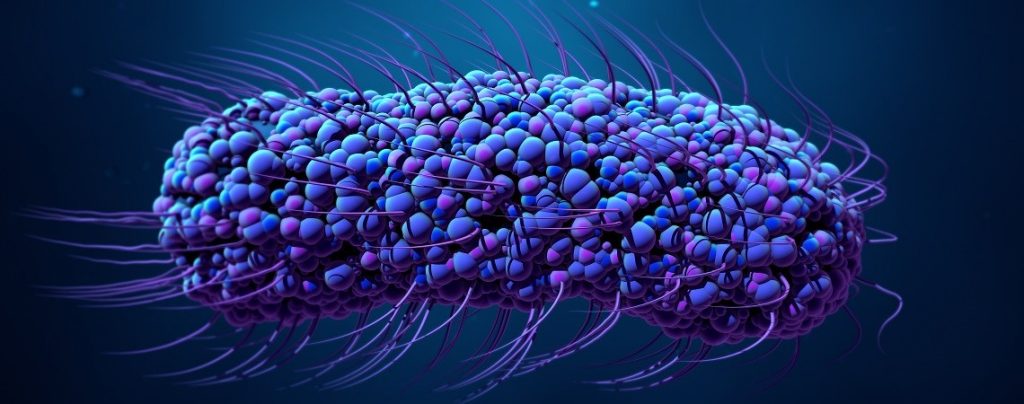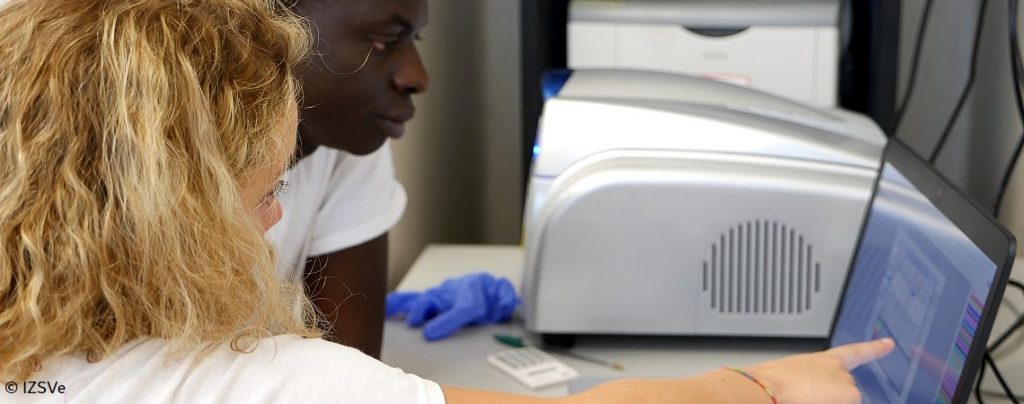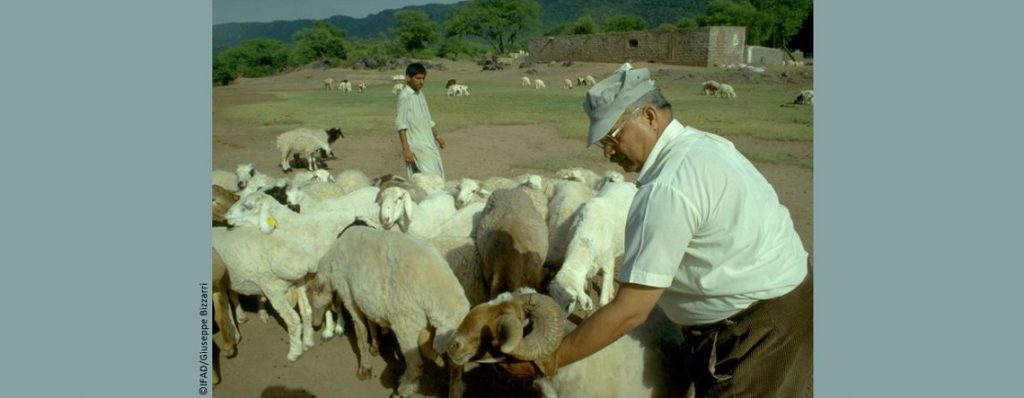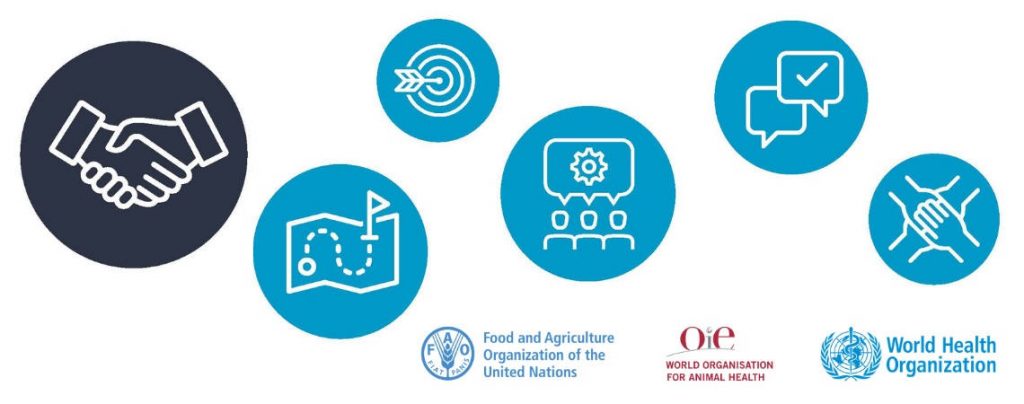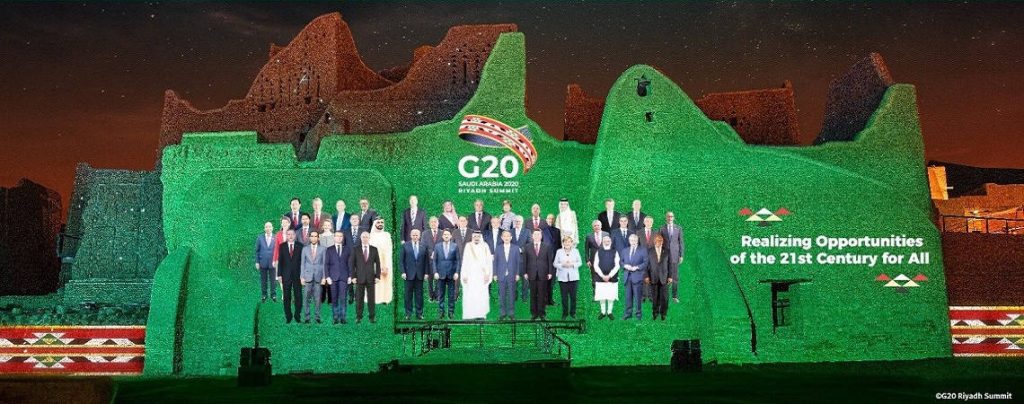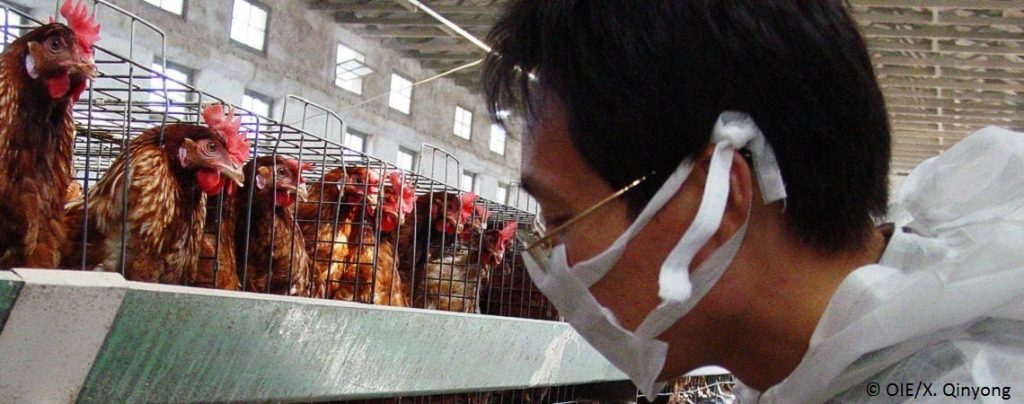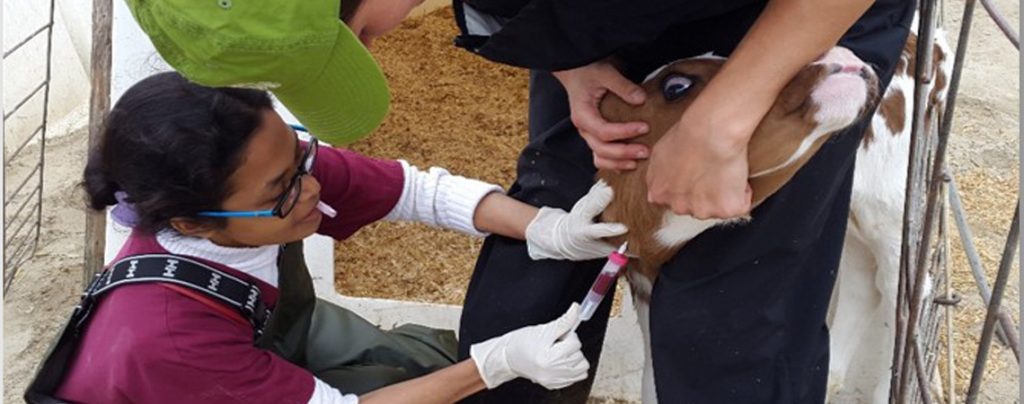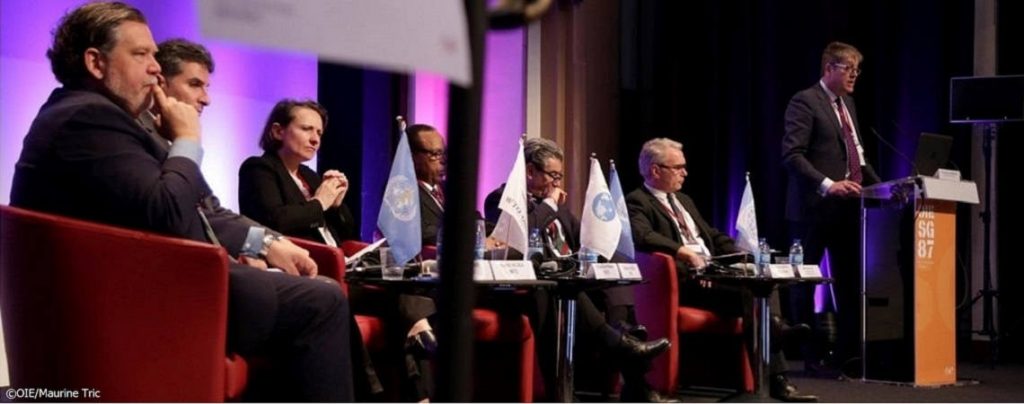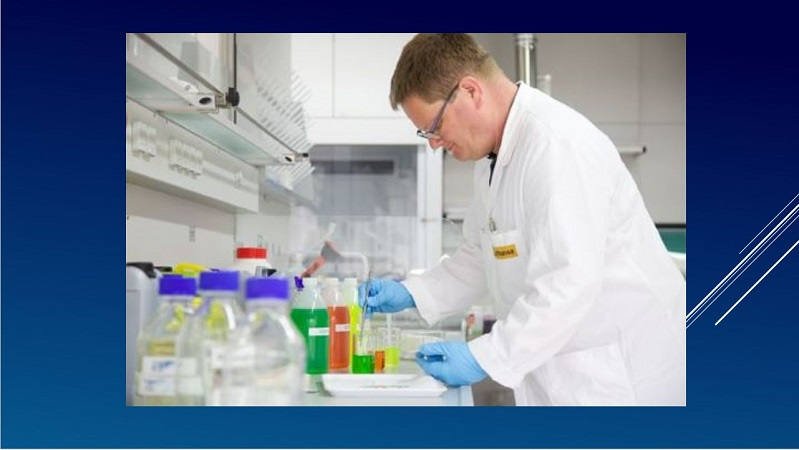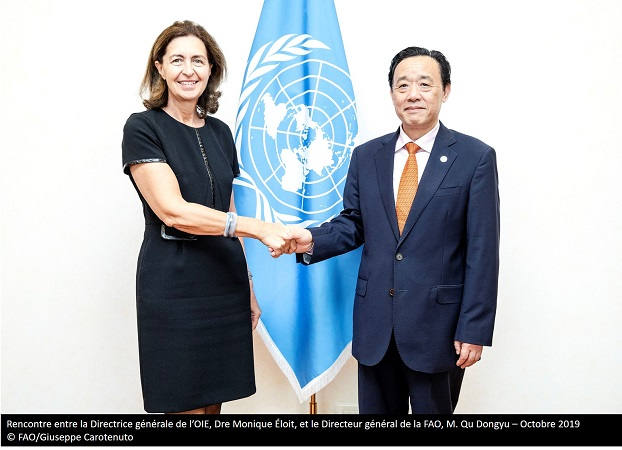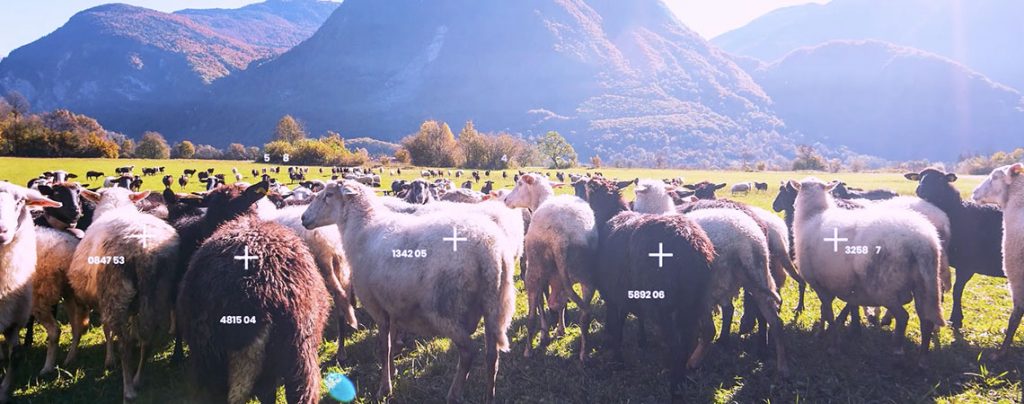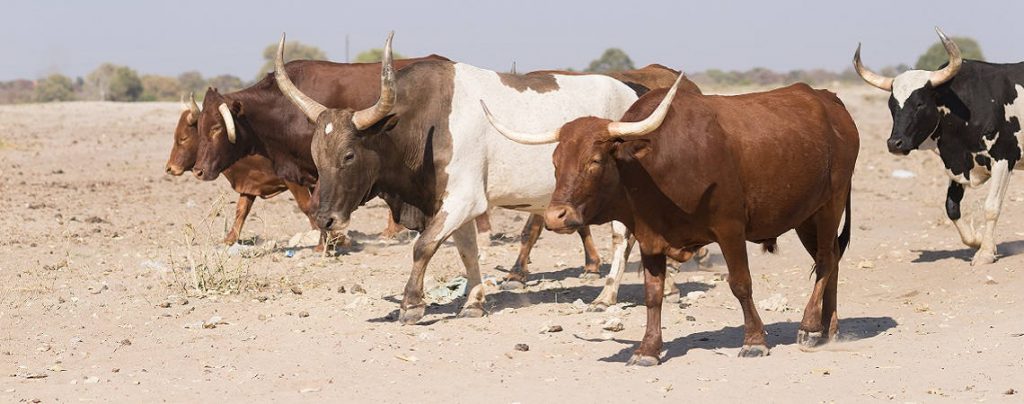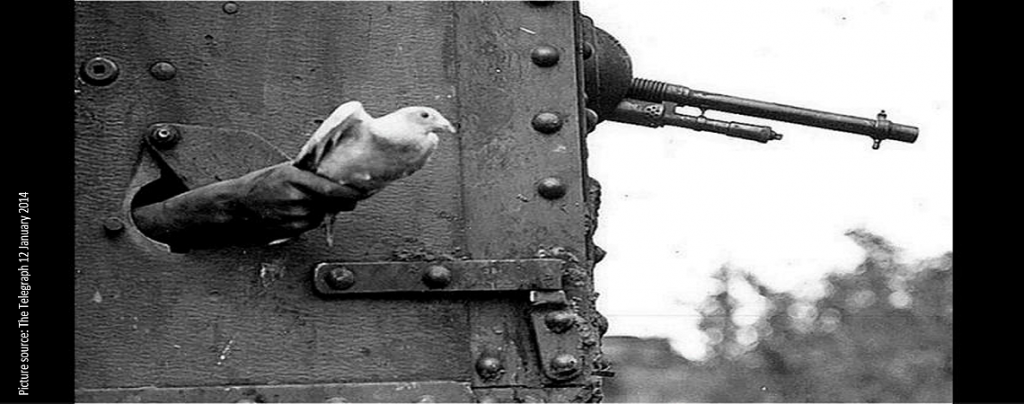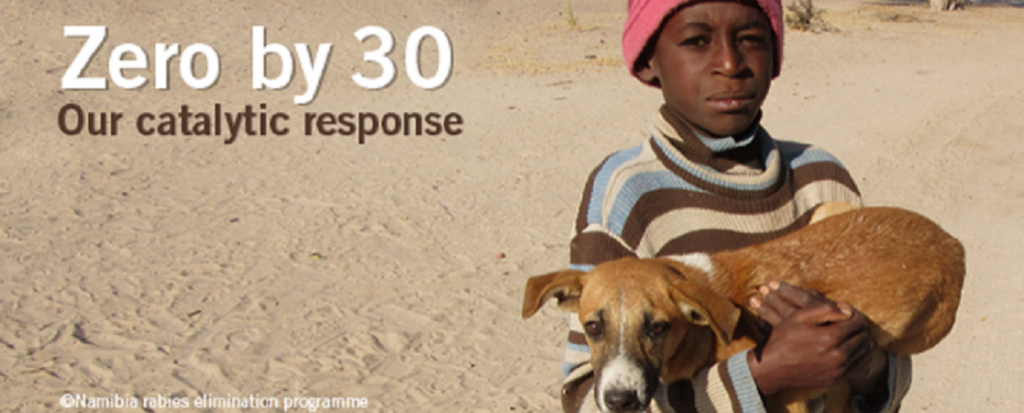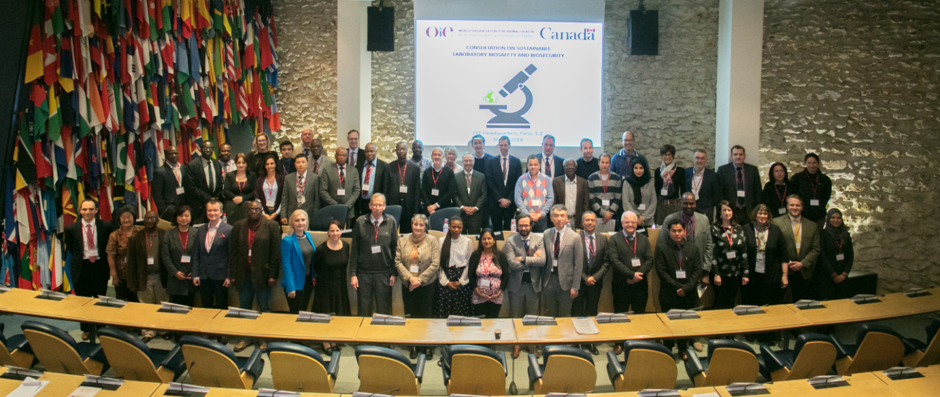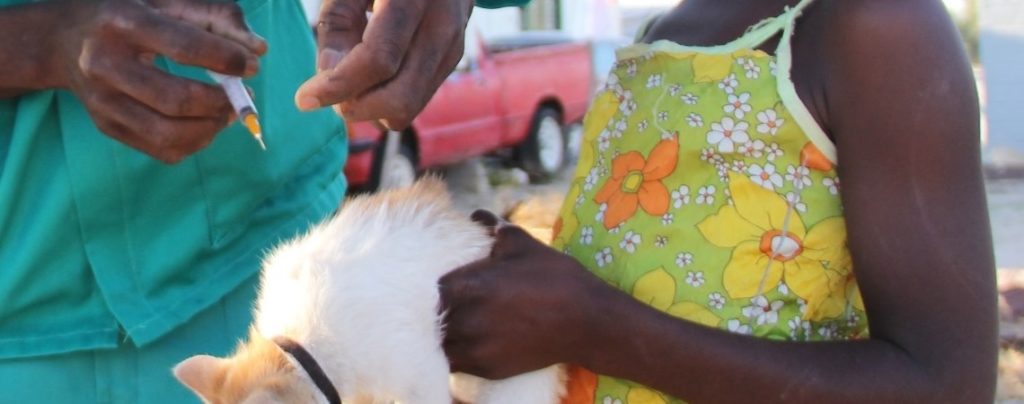INFORMATION EN CONTINU Posté sur 2021-03-26 11:25:06
100-year anniversary of the origin of the OIE at the 1921 Paris International Conference
Mots-clés
Due to the economic impacts and severe devastation caused by animal diseases and the need to manage animal production – essential for food security –, fighting epizootics has always been important for veterinarians.
The International Office of Epizootics (the OIE) was founded at one of the most distressing moments experienced by veterinarians in the days following the First World War of 1914–1918, when the sources of food production in all of Europe had been destroyed and misery and hunger paralysed the life of all the warring countries.
An outbreak of rinderpest occurred in Belgium in 1920 …
In these tragic post-war years, another threat came to a Europe already in ruins. Rinderpest was found at the Belgian port of Antwerp in June 1920 with a load of zebus en route from India to Brazil. The apparently healthy animals were disembarked and quarantined in transit areas, to be then re-embarked on a boat that would take them to Brazil. Meanwhile, three shipments of beef cattle arrived at the same port from the United States. These animals were shipped by rail in small batches to regional slaughterhouses. A few hundred of them were placed in the same location as the zebus from India, and they stayed there for one or two days before being directed to the dispatch centres. Rinderpest broke out violently in animals of the last shipment lots.
This news stirred the whole continent. Not only veterinarians of different European countries, particularly the Heads of Animal Health Services, but also the governments who received pressure through complaints of farmers, breeders, and the public in general.
… was the source of international cooperation for the control of animal diseases …
The risk posed by rinderpest in Belgium was mitigated, thanks to the radical measures adopted: all infected animals and those in contact were immediately slaughtered; the carcasses and contaminated objects were burned; and the strictest surveillance measures were implemented. But the alarm highlighted the responsibility of all governments, and the voice of veterinarians, already mobilised by the International Veterinary Congresses, was finally heard. It resonates in the words of Professor Emmanuel Leclainche, Head of the French Veterinary Services, who declared:
‘the defence of a country’s livestock against epizootics not only depends on the measures adopted by that country, but also on the international agreement whereby a health prophylaxis programme is established and developed in all the countries of the region, of the continent and the world’.
… which led to the creation of the OIE in 1924
Multilingual and passionate about international veterinary activity, Professor Leclainche was involved in the organisation of the international conference for the study of epizootics and their prevention.
Delegations from 43 countries and territories participated in the Paris Conference from 25 to 28 May 1921, including countries from Europe (Austria, Belgium, Bulgaria, Denmark, Finland, France, Germany, Great Britain, Greece, Hungary, Ireland, Italy, Monaco, Norway, Spain, the Netherlands, Poland, Portugal, Romania, the Kingdom of Yugoslavia, Sweden, Switzerland, and Czechoslovakia), 9 countries from the Americas (The Republic of Argentina, Brazil, Canada, Chili, Ecuador, Haiti, Paraguay, Peru, and the United States of America), 3 African countries (Morocco, Tunisia, and the Union of South Africa) and 3 Asian countries (Australia, Japan, and New Zealand).
The 6th Resolution of the Conference expressed the wish that an International Office for the Control of Infectious Animal Diseases be established in Paris and placed under the authority of a Committee that would meet at least once a year.
Within less than three years, 28 states adhered and an International Agreement creating the International Office of Epizootics (OIE) was signed on 25 January 1924. The OIE’s first Director General, Emmanuel Leclainche, remained for 22 years, leaving the position to his successor Gaston Ramon in 1946.
The OIE cooperated with other international and regional organisations for the implementation of vaccination programmes, surveillance, and testing. It had a critical role in streamlining the process for certification of disease freedom in countries. The world was officially declared free from rinderpest during the 79th OIE General Session in 2011. Rinderpest eradication is one of the most important achievements in the history of veterinary medicine.
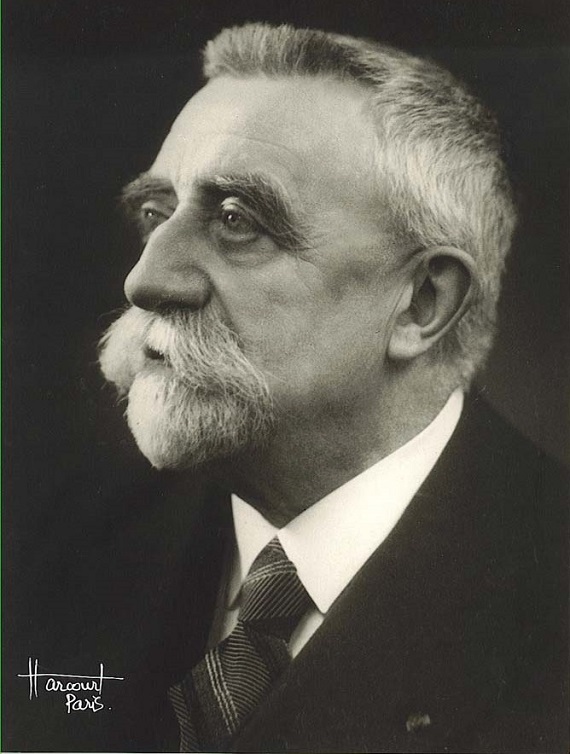
Emmanuel Leclainche was born in Aube (France) in 1861. He graduated third in the Veterinary School of Alfort in 1882 and became a teacher in veterinary medicine in 1886. In 1891, he was appointed to the chair of Infectious Diseases Pathology at the Veterinary School of Toulouse.
His scientific work includes swine erysipelas, anthrax and gas gangrene (clostridial myositis). He was a prolific author. In 1891, he wrote the Précis de Médecine vétérinaire, and in 1895, with Professor Edmond Nocard, the Traité des Maladies microbiennes des animaux which remains a classic. In 1903 he founded the Revue Générale de Médecine Vétérinaire.
In 1911, he was appointed Inspector General, Director of Health Services at the French Ministry of Agriculture. He played a key role in the reorganisation and unification of the French Veterinary Services, at the General Inspection of Veterinary Schools, in the creation of the OIE, in the French Veterinary Academy and in law reform relating to the veterinary profession (e.g., creation of the Doctorate of Veterinary Medicine).
To go further…
Paris International Conference Proceedings
• Summarised in La Semaine Vétérinaire dated 23 June 1921. Available at https://gallica.bnf.fr/ark:/12148/bpt6k5506039x
• Full text proceedings and resolutions are available from the OIE Documentary Portal at http://doc.oie.int/dyn/portal/index.seam?aloId=16883&page=alo
Emmanuel Leclainche
• Alnot L. & Pistre G. (2005). – La vie et l’œuvre d’Emmanuel Leclainche (1861-1953). Bull. Soc. Fr. Hist. Méd. Sci. Vét., 2005, 4 (1), 94–103.
Available at http://sfhmsv.free.fr/SFHMSV_files/Textes/Activites/Bulletin/Txts_Bull/B5/Leclainche.pdf
• World Organisation for Animal Health (OIE) (1954). – Emmanuel Leclainche – 1861-1953. In OIE Bull., 41 (1). Available at http://doc.oie.int/dyn/portal/index.seam?page=alo&aloId=31456 or https://www.oie.int/doc/ged/D12261.PDF
Rinderpest
• World Organisation for Animal Health (OIE) (2007). – A brief history of the OIE. In OIE Bull., 2007 (1). Available at http://doc.oie.int/dyn/portal/index.seam?page=alo&aloId=30632 or https://www.oie.int/fileadmin/Home/eng/Publications_%26_Documentation/docs/pdf/bulletin/Bull_2007-1-ENG.pdf
• OIE Rinderpest portal: https://www.oie.int/en/for-the-media/rinderpest/
• ‘Never turn back’ website: https://rinderpestvigilance.com/en/
https://doi.org/10.20506/bull.2021.NF.3164
Contact: OIE Documentation Cell
◼ OIE News – March 2021





